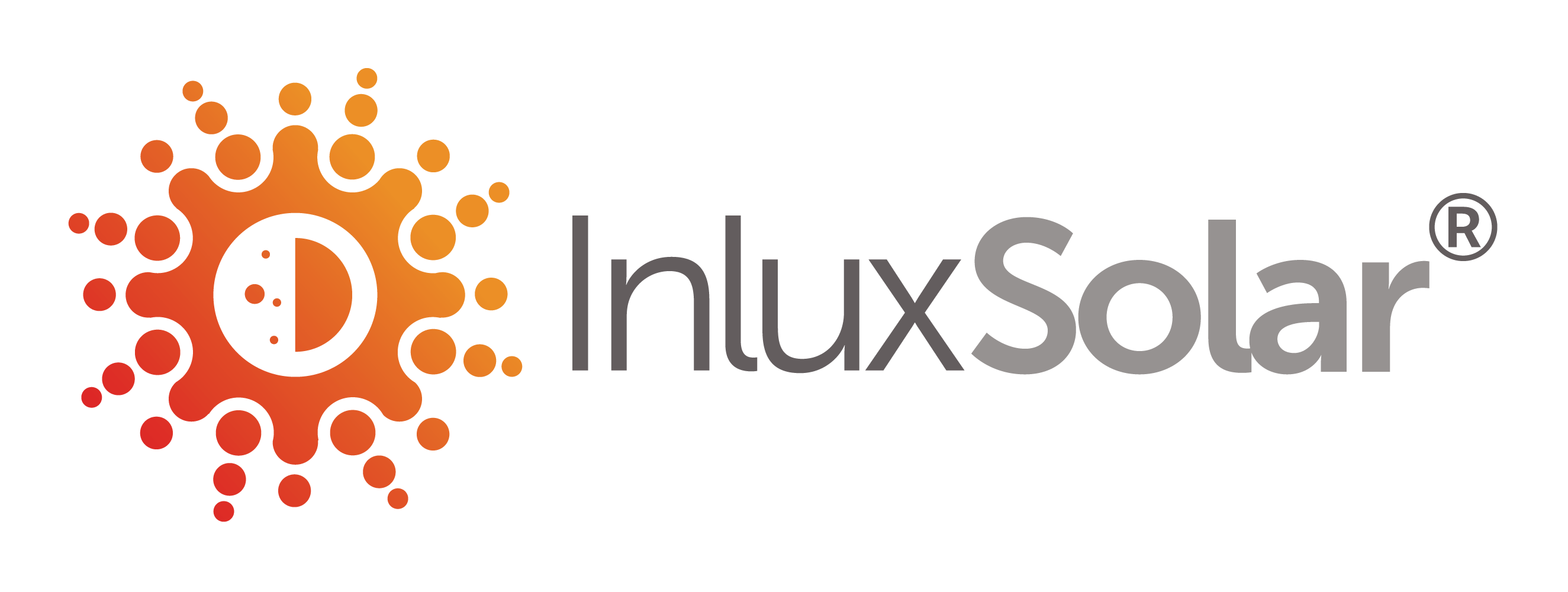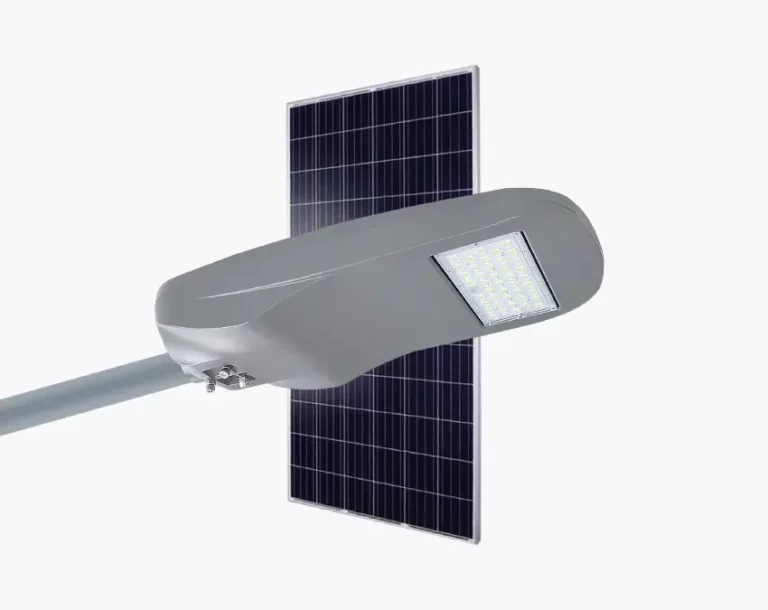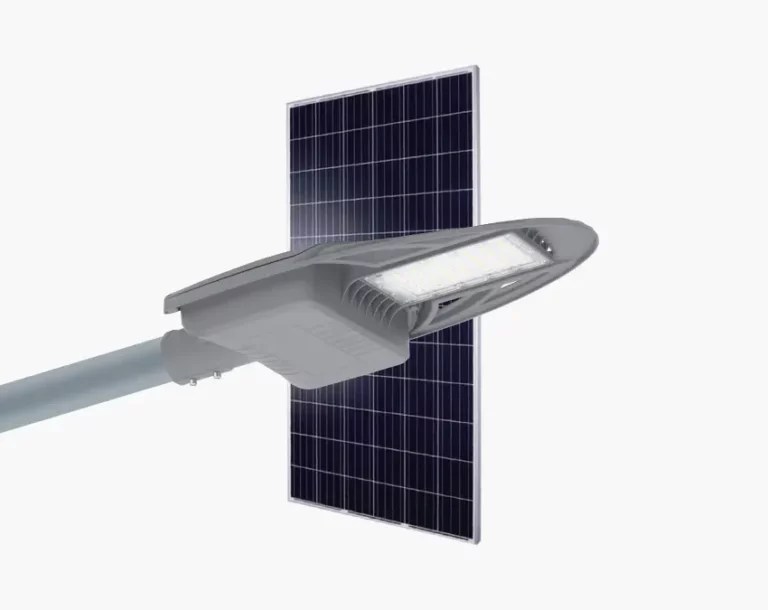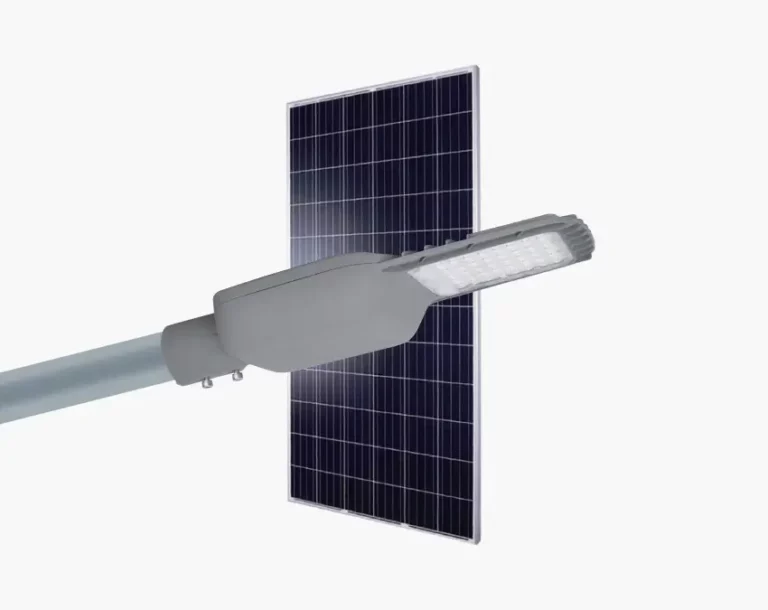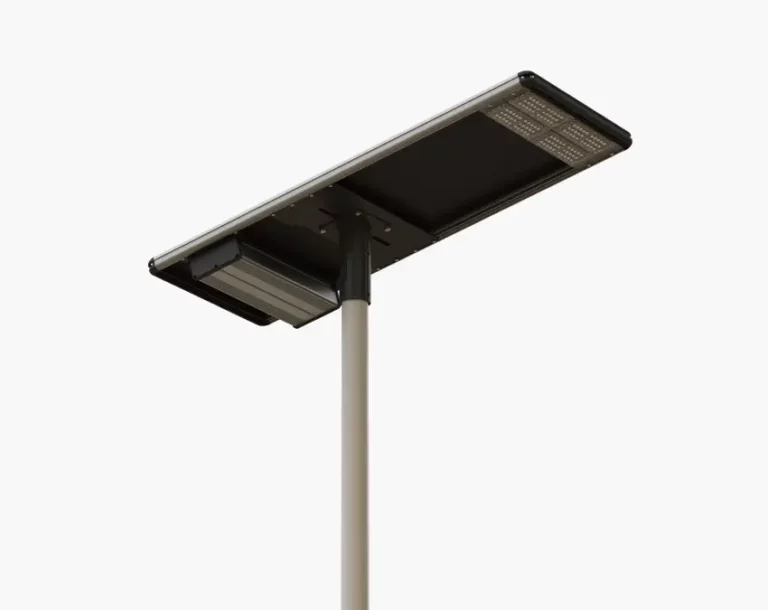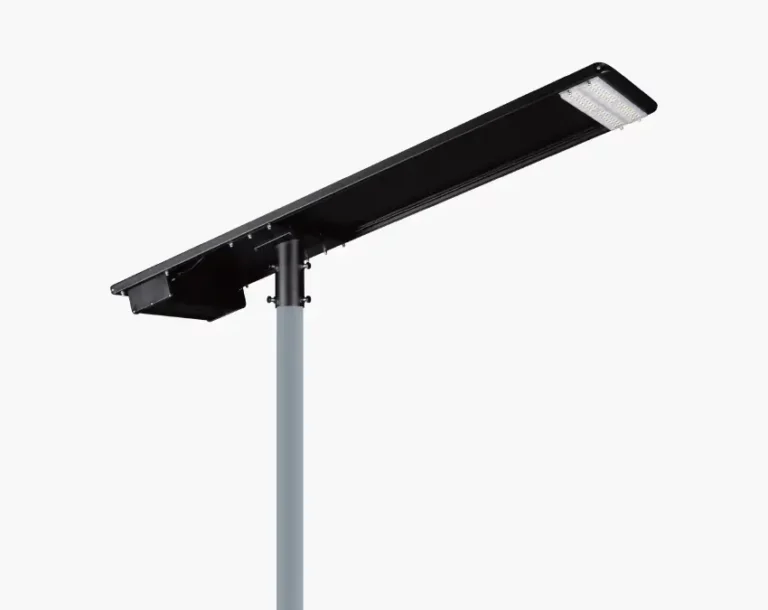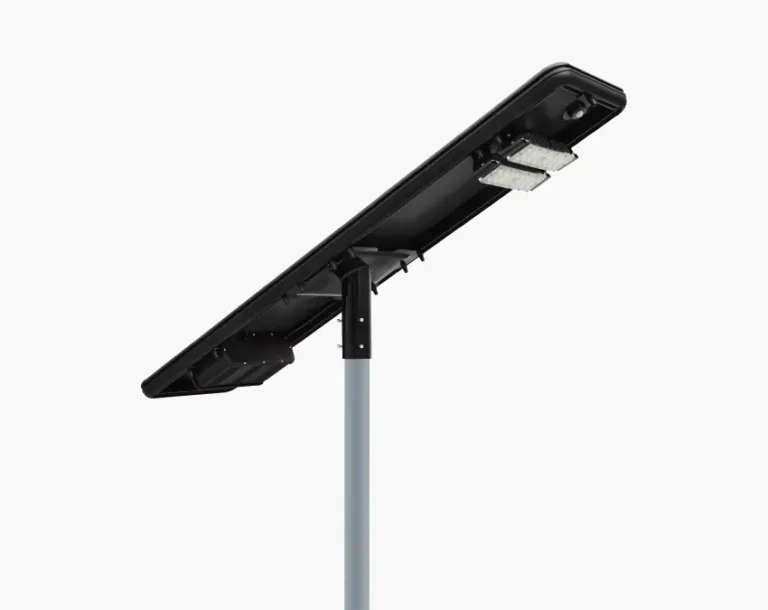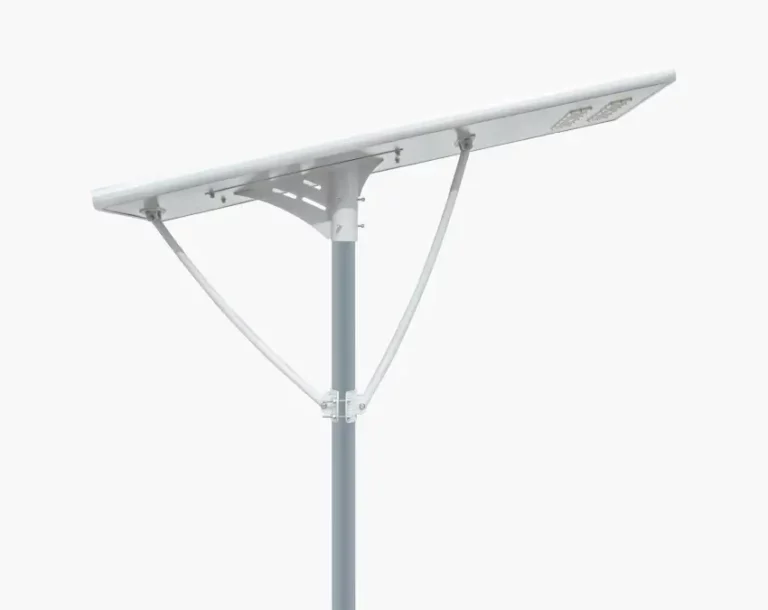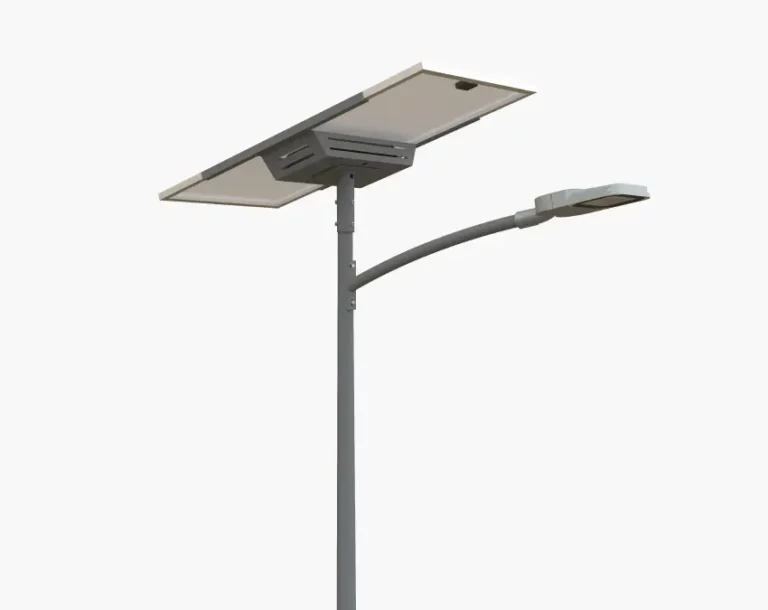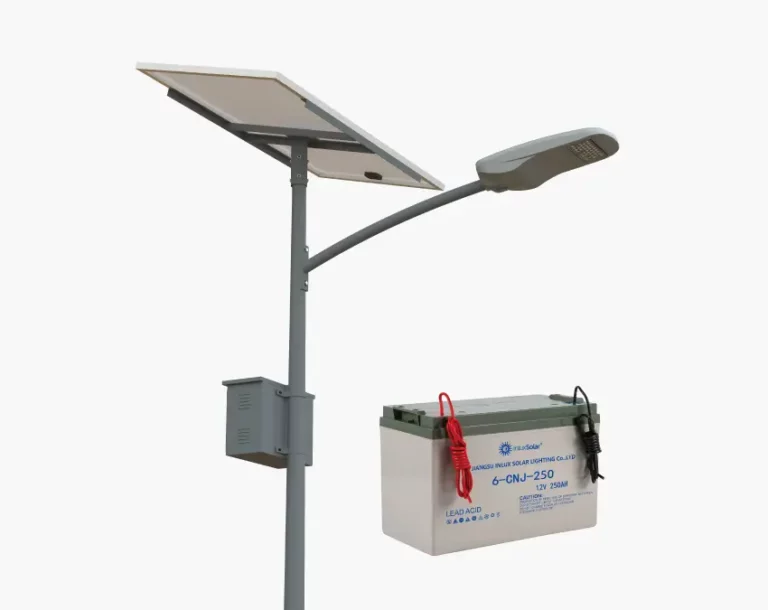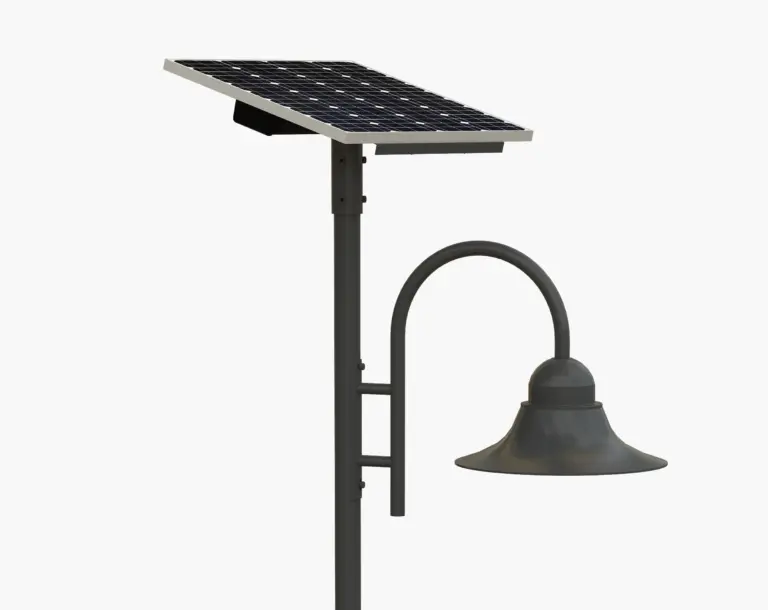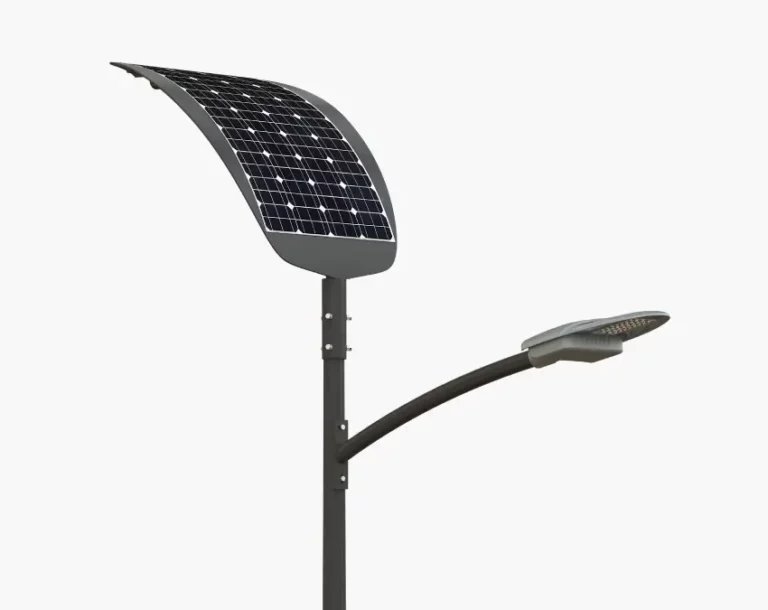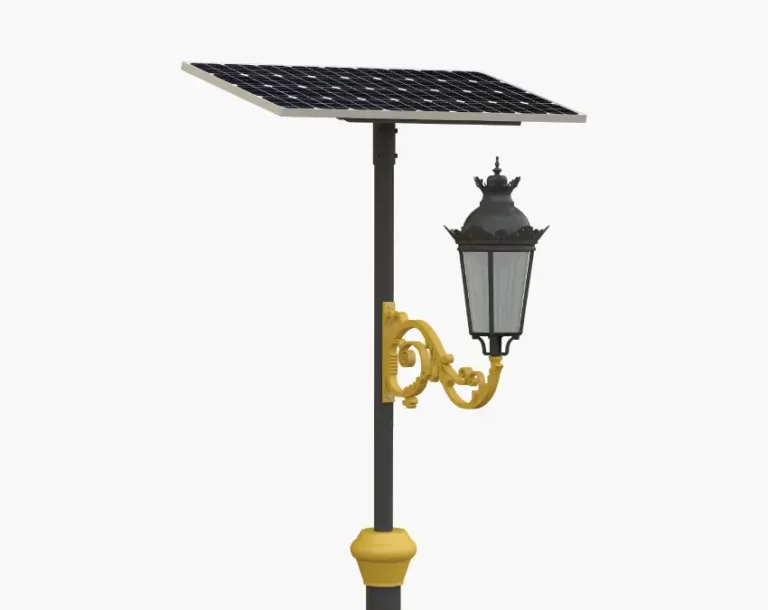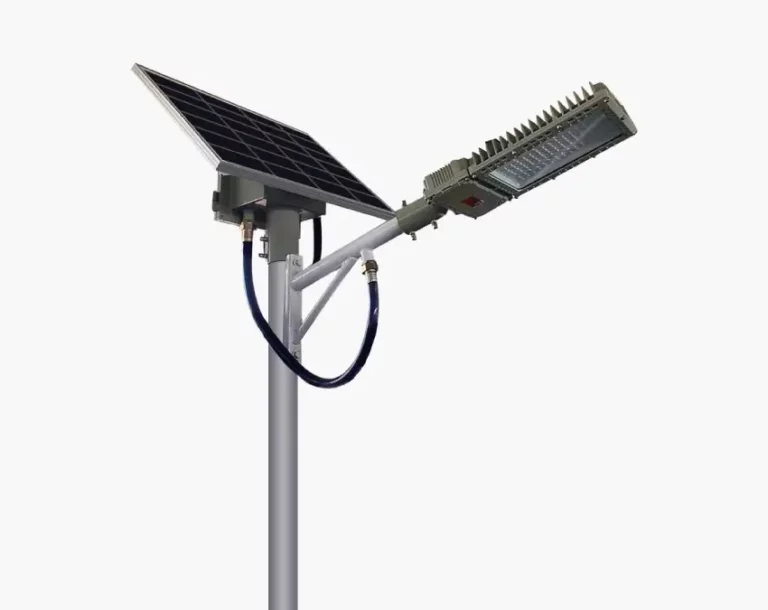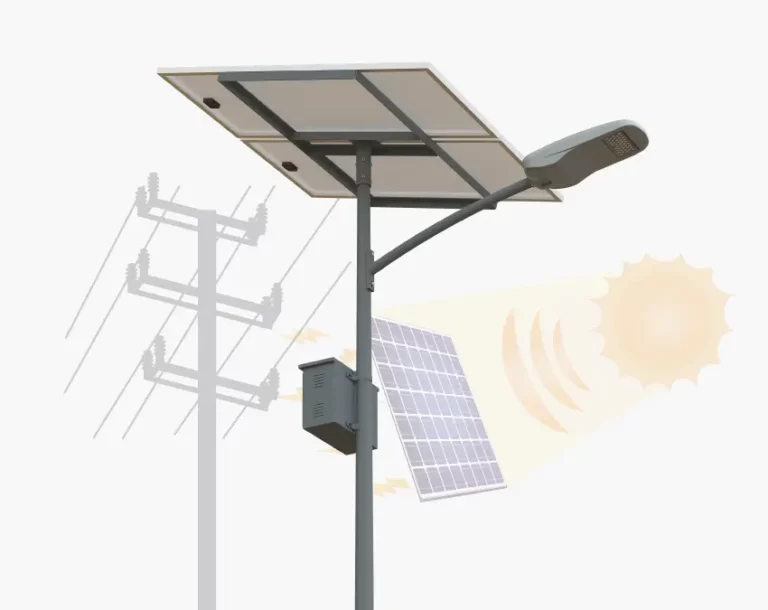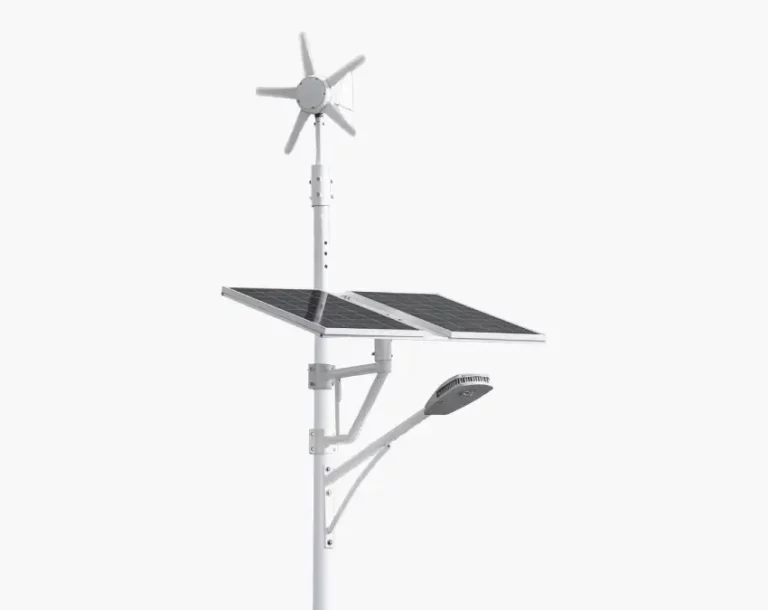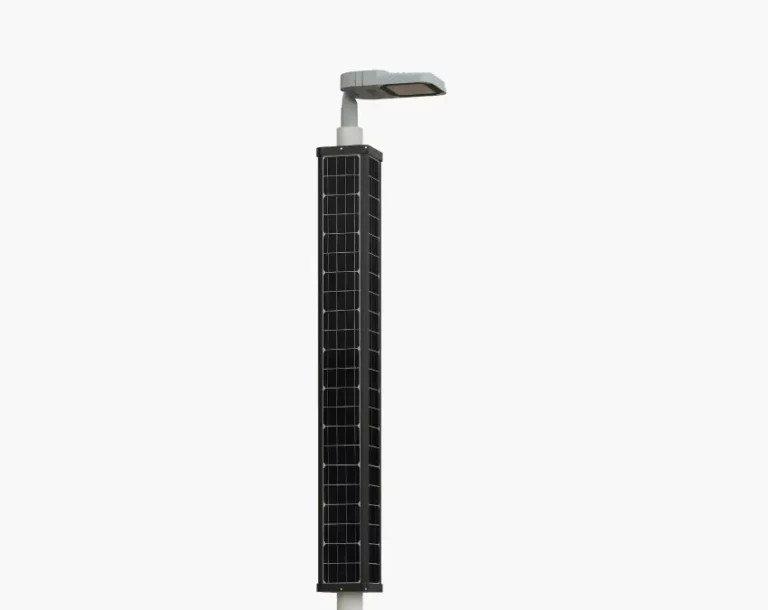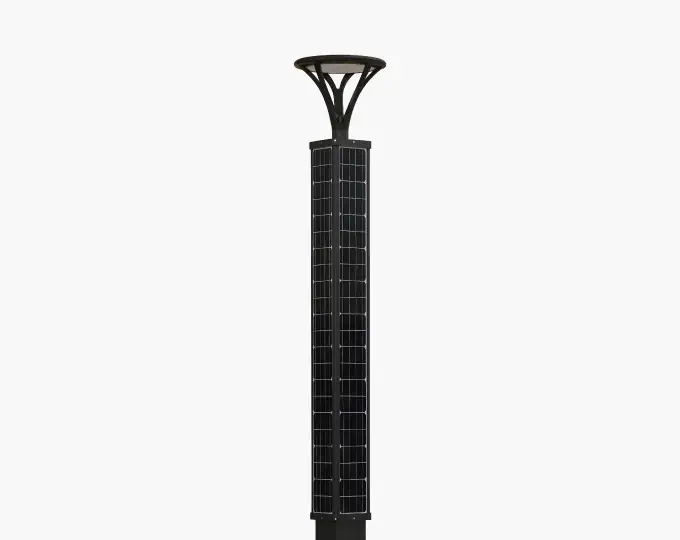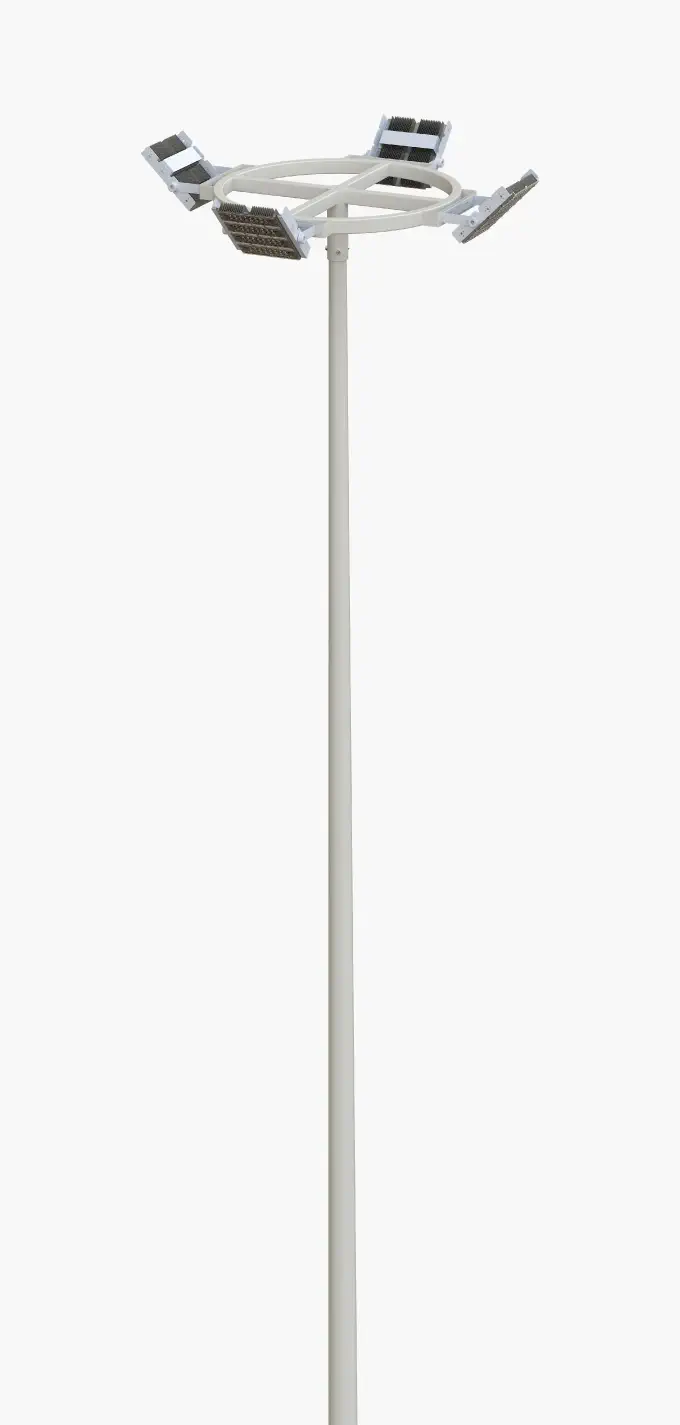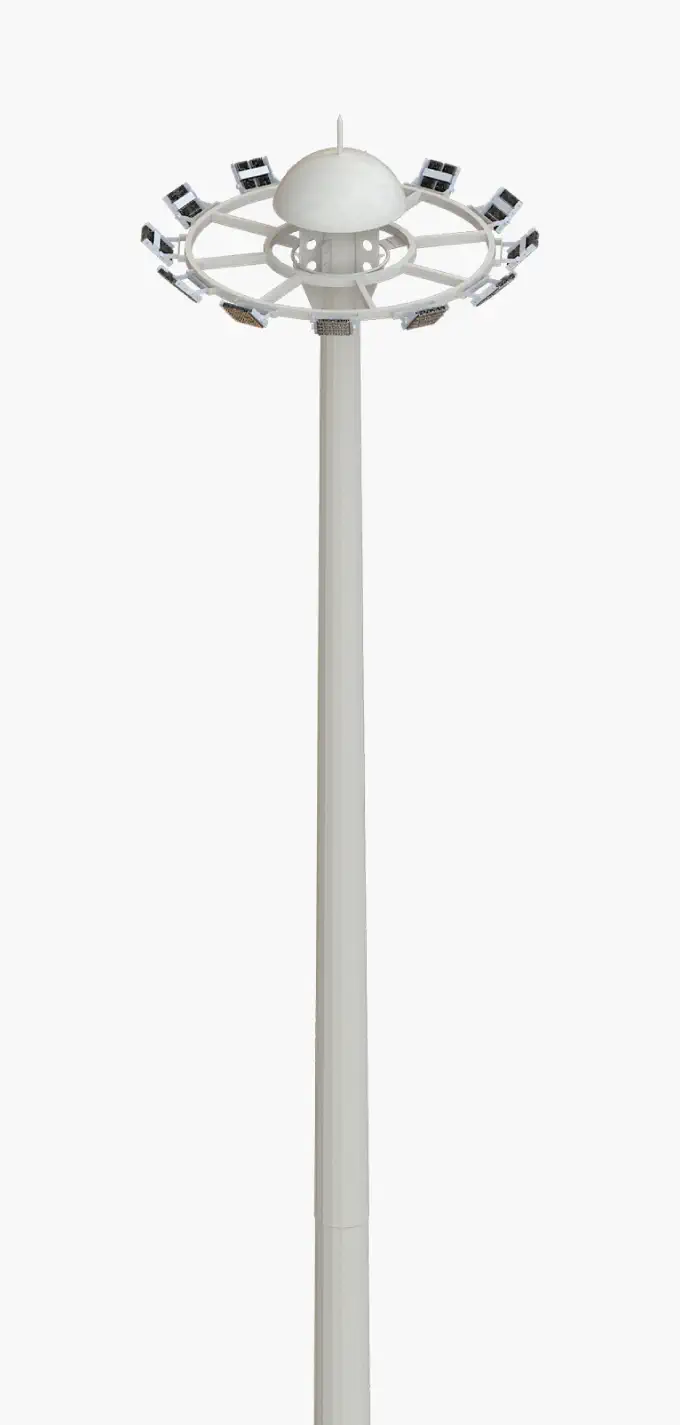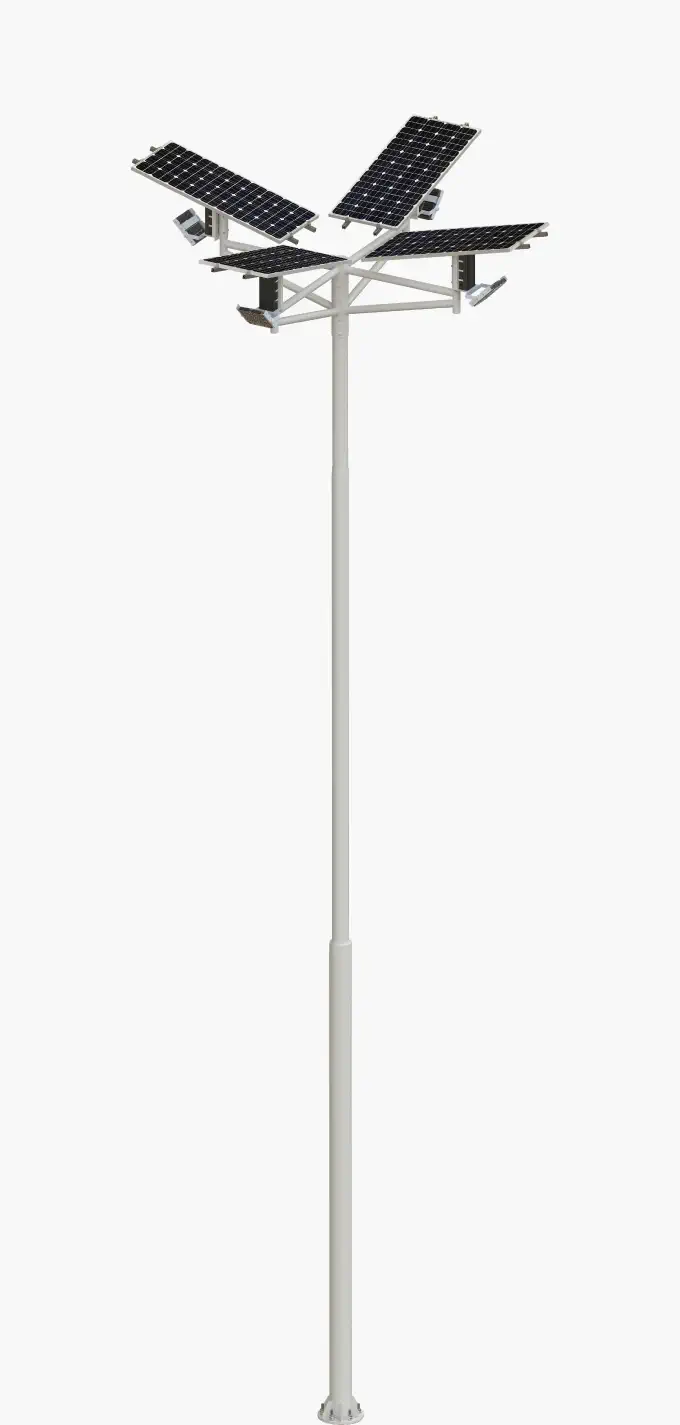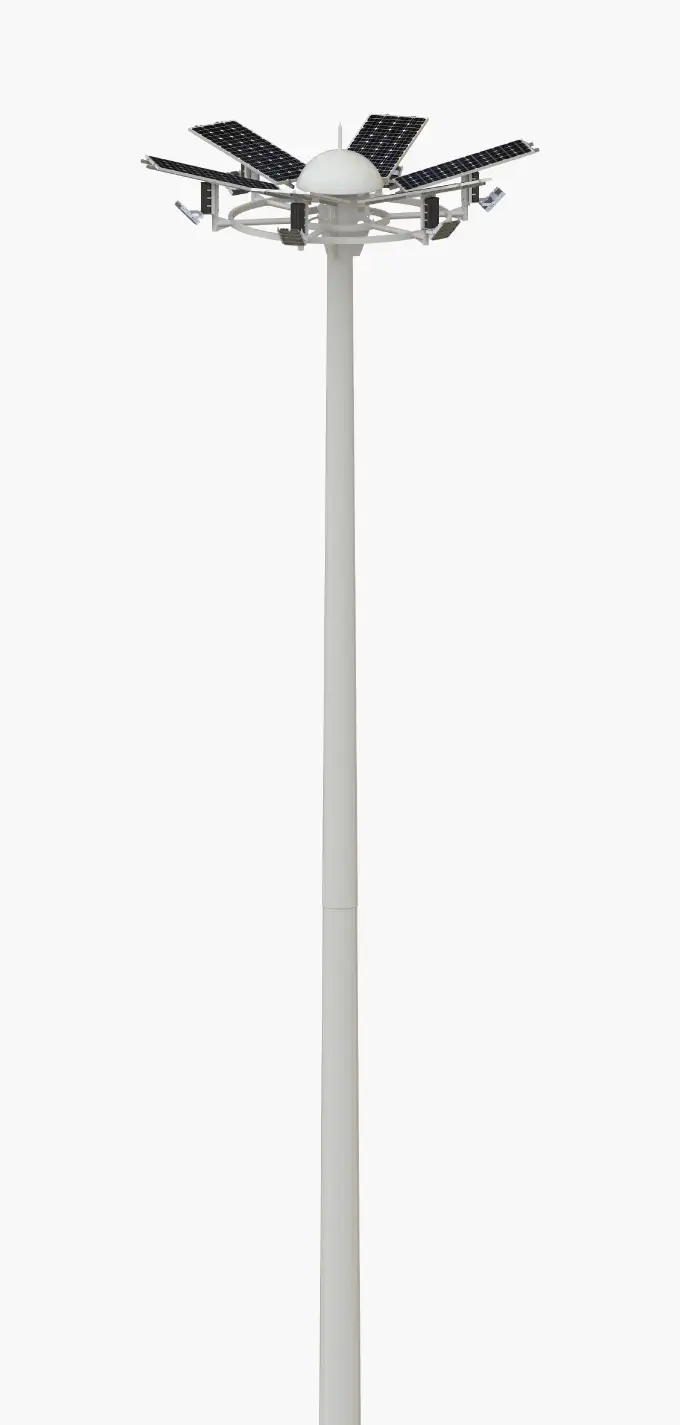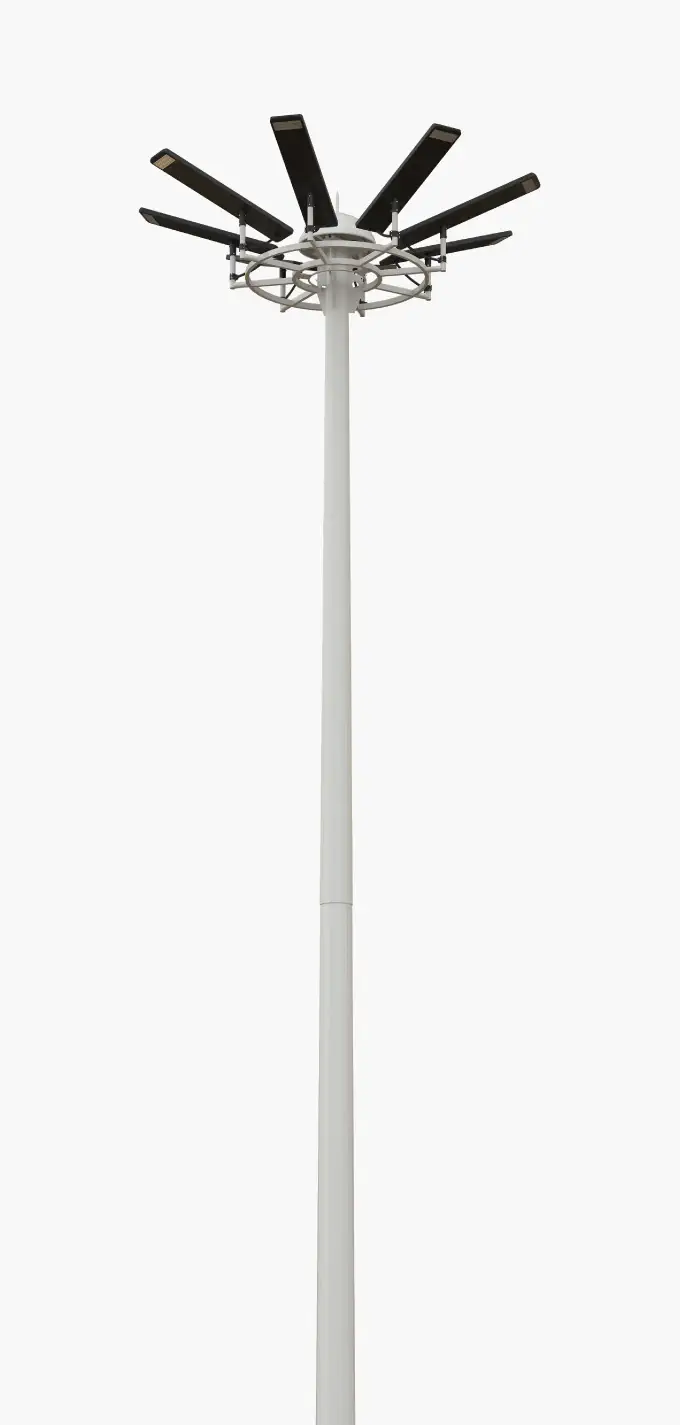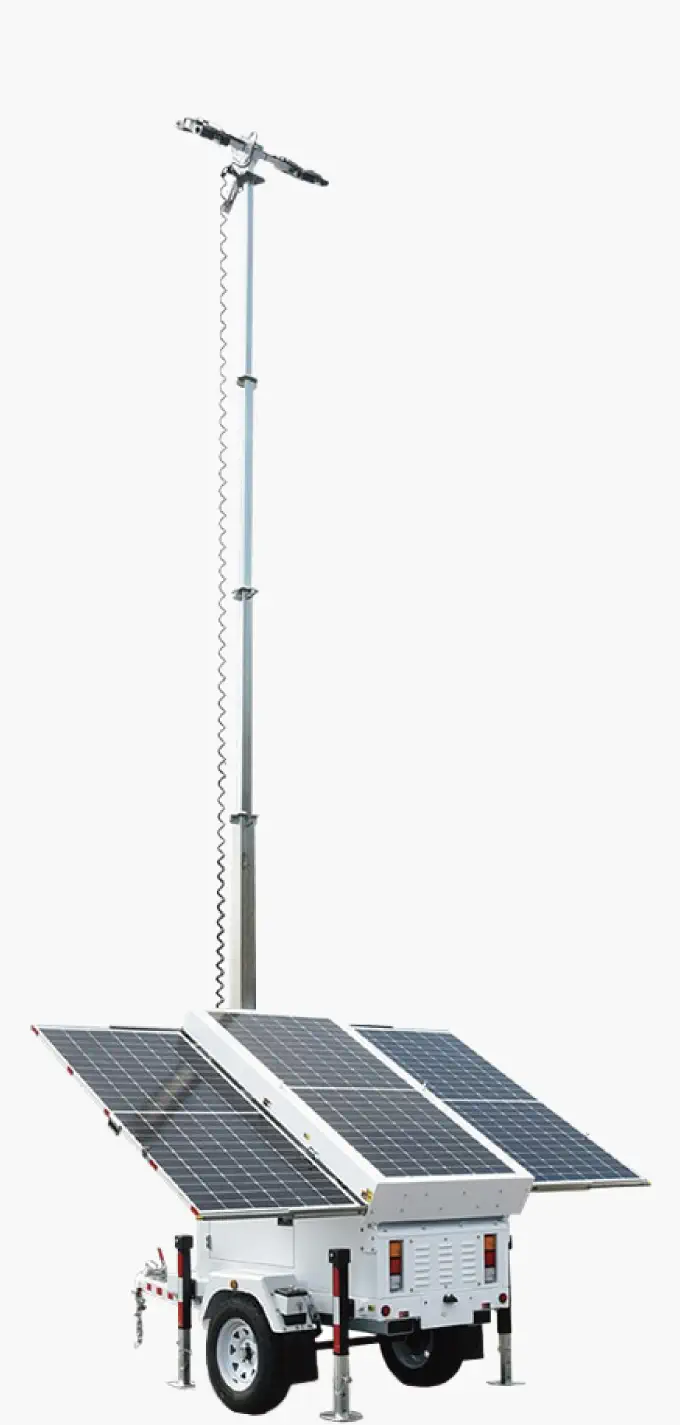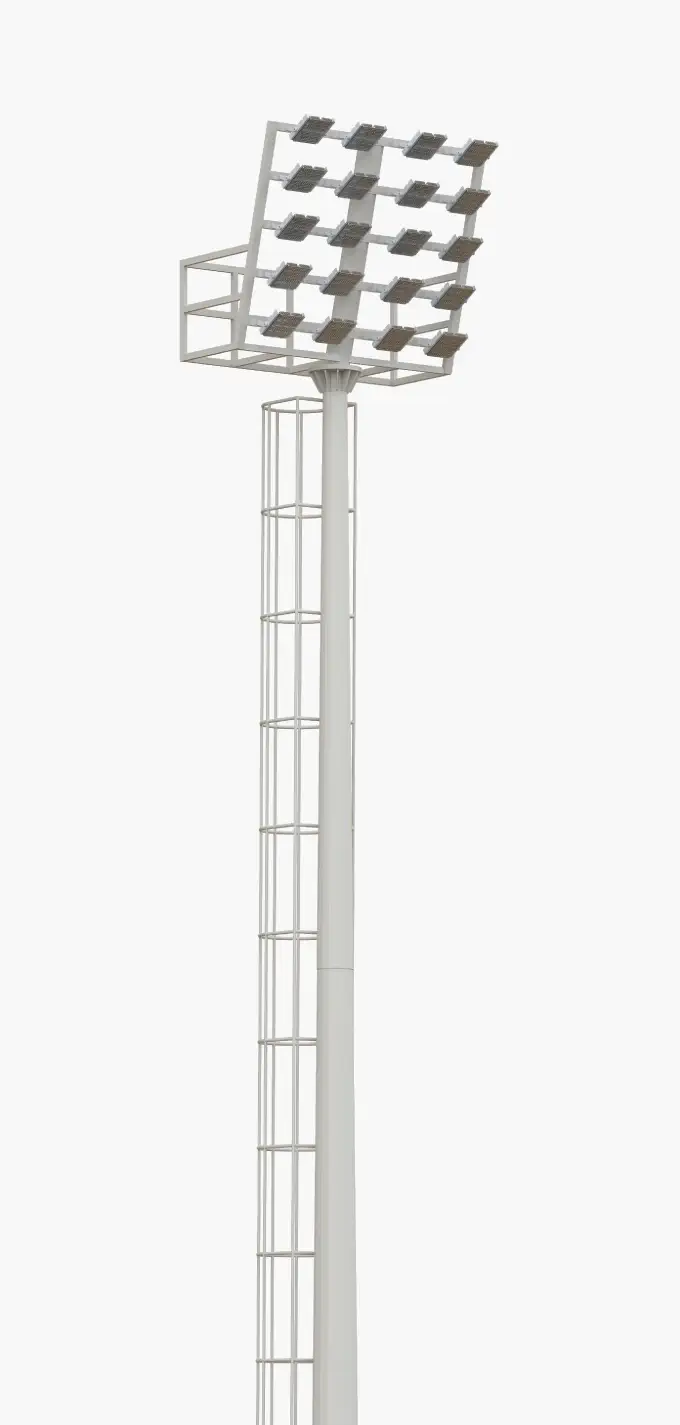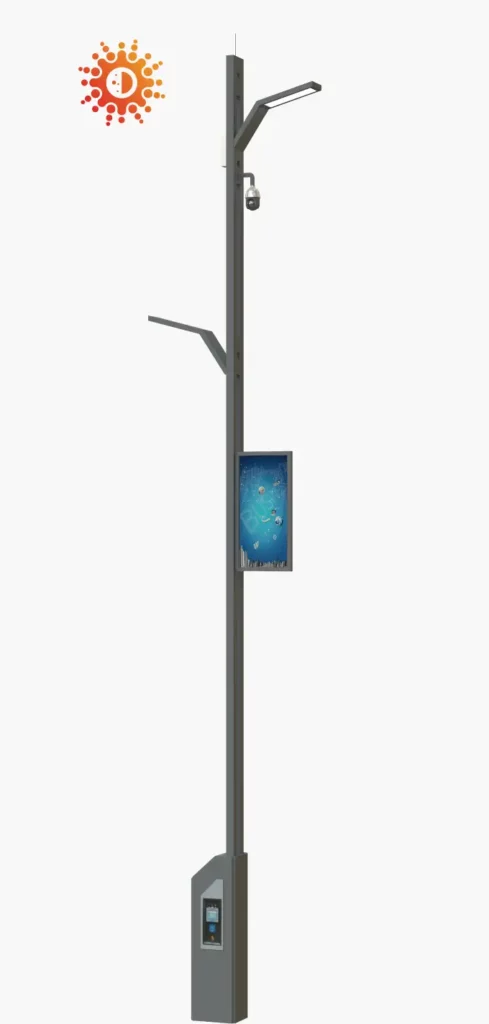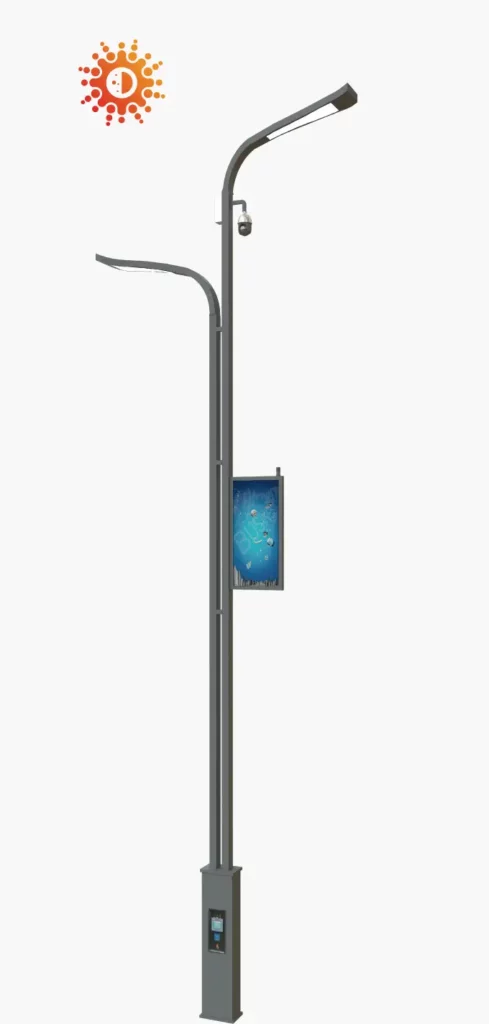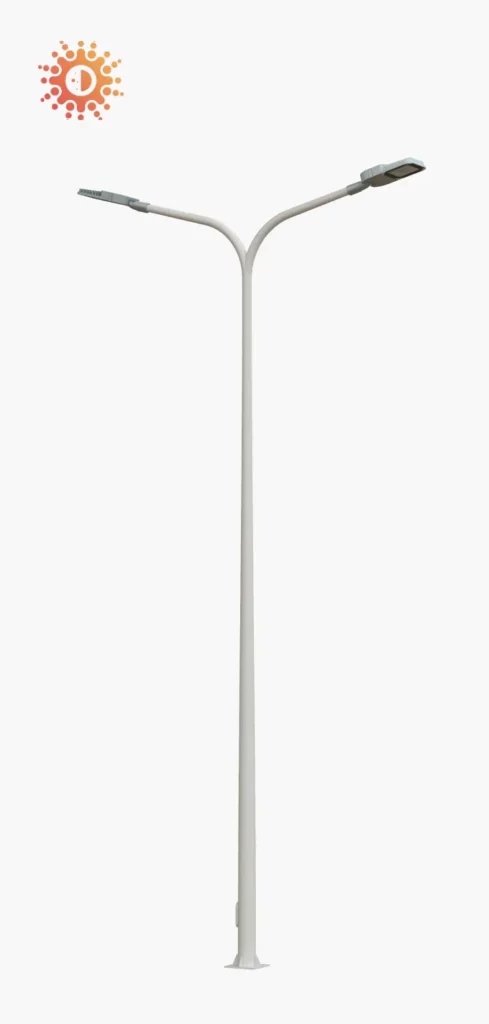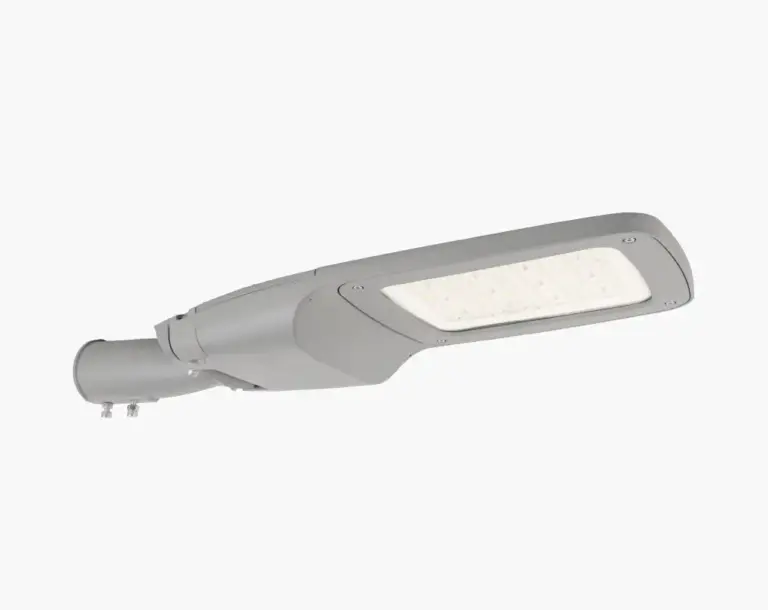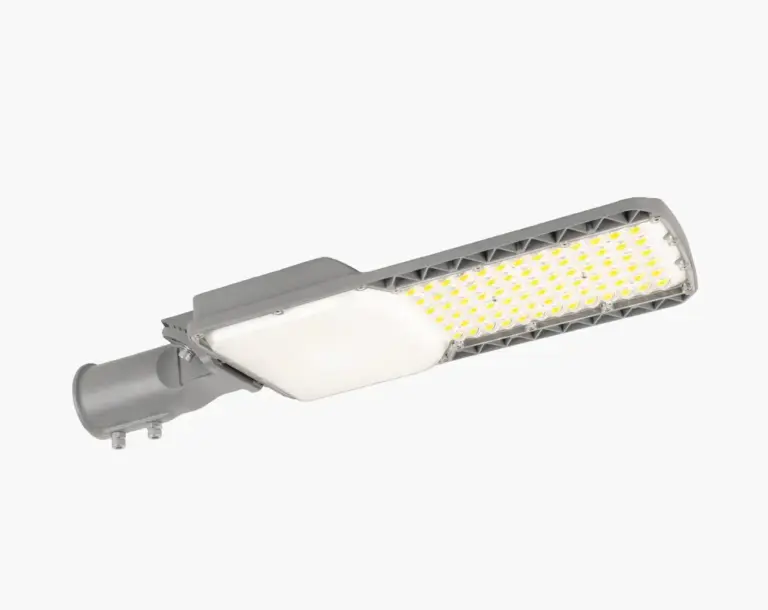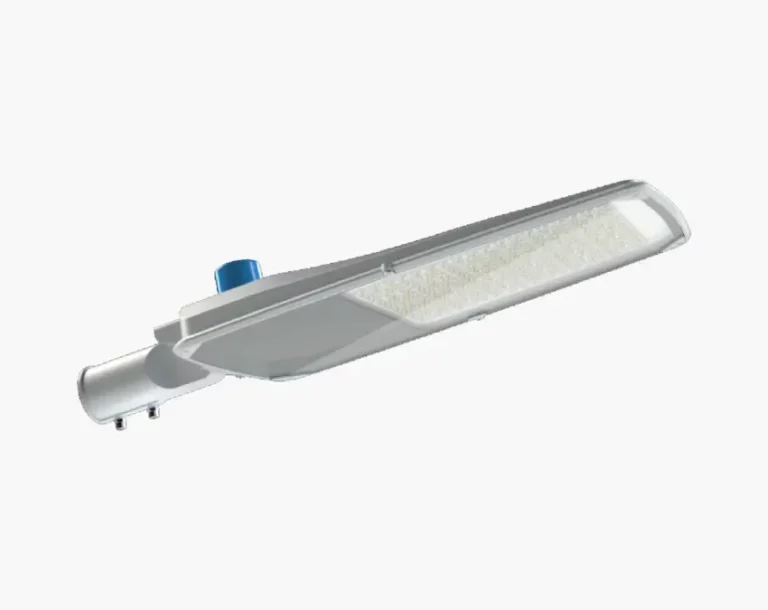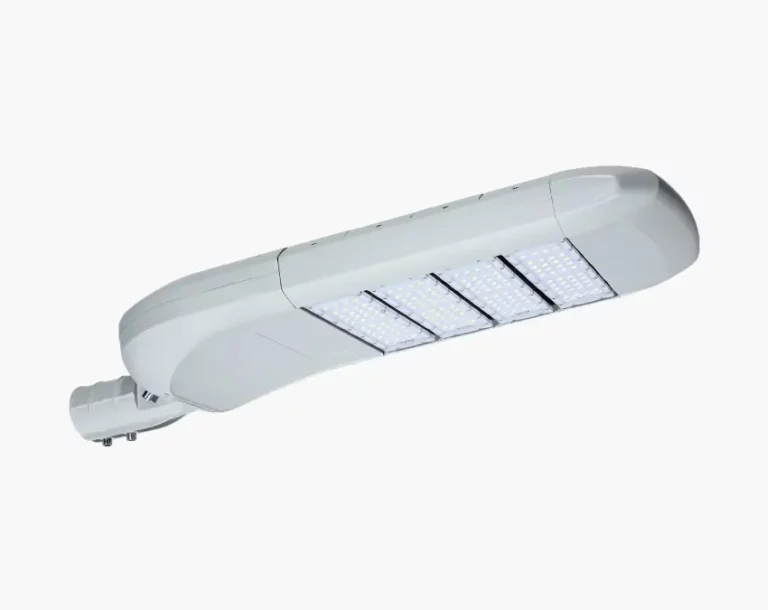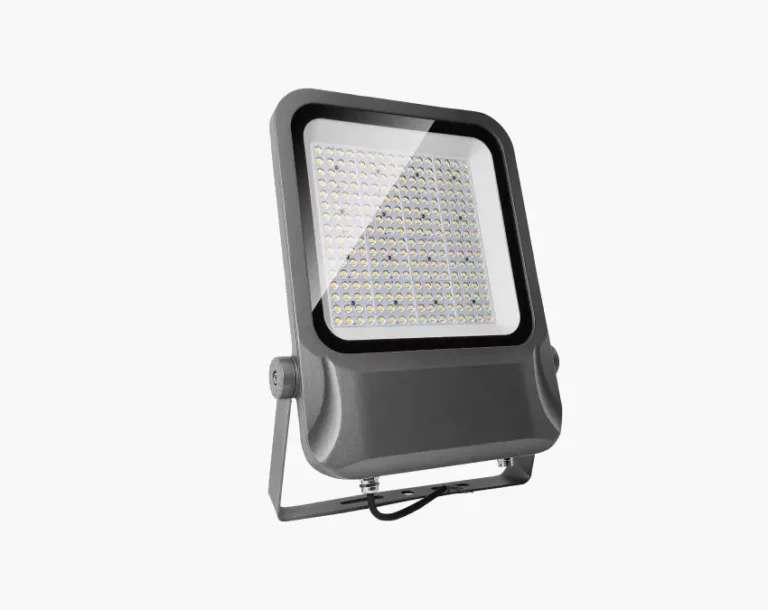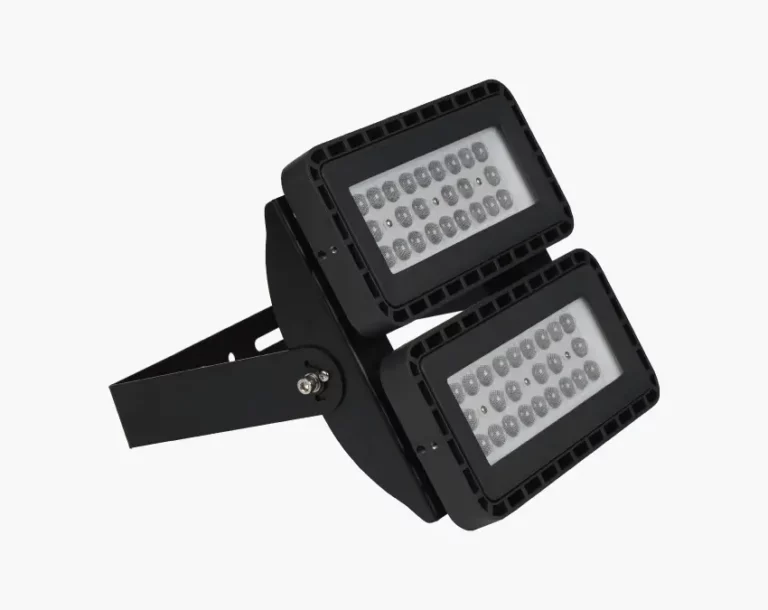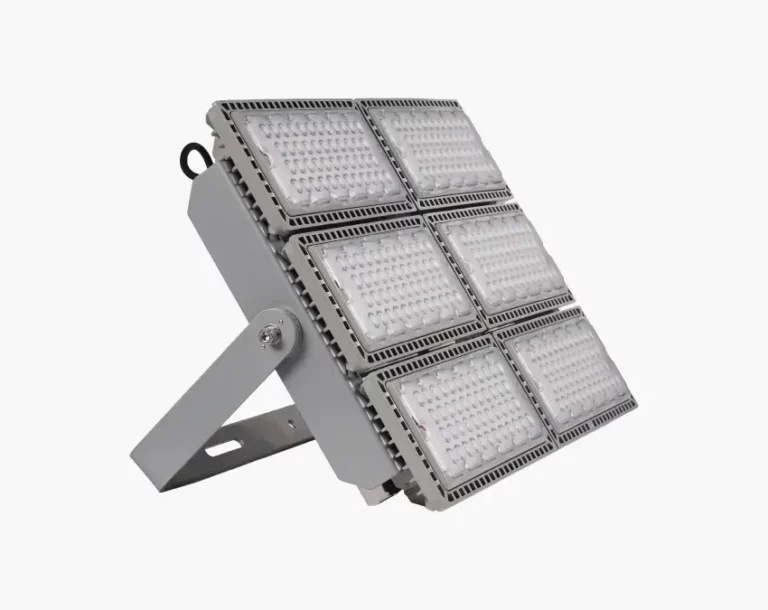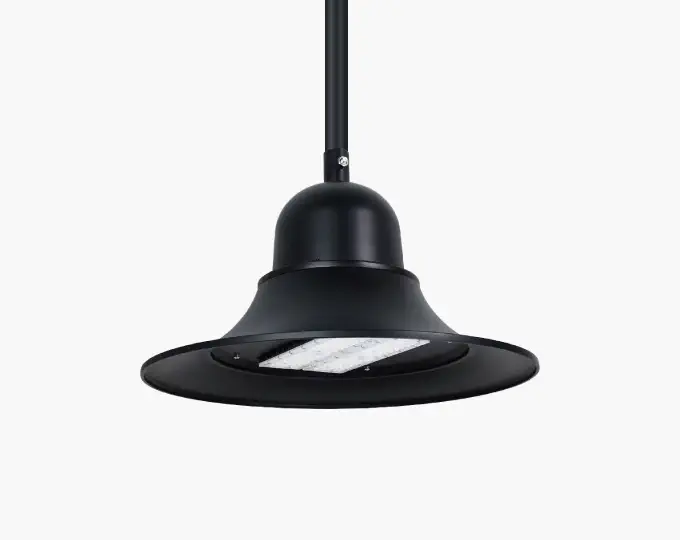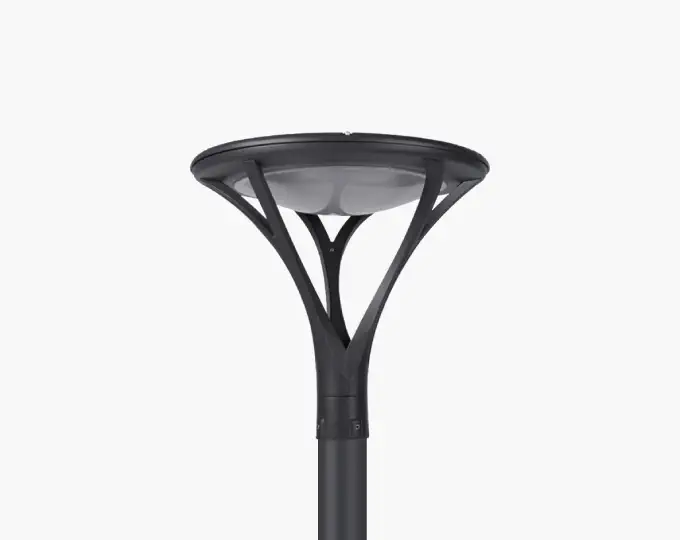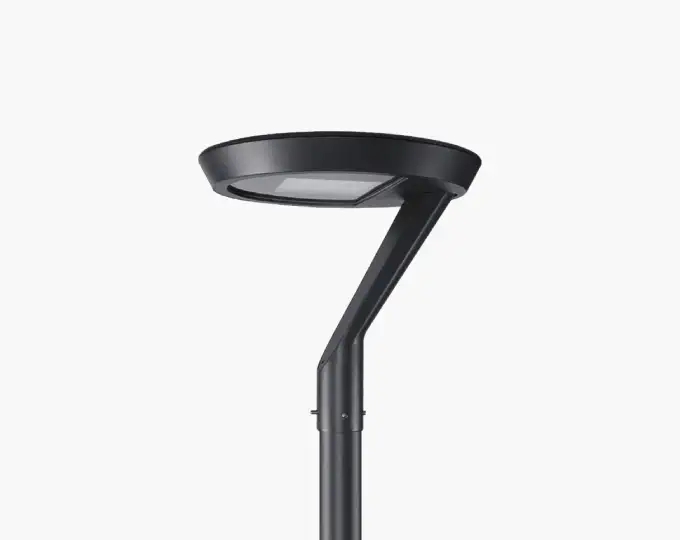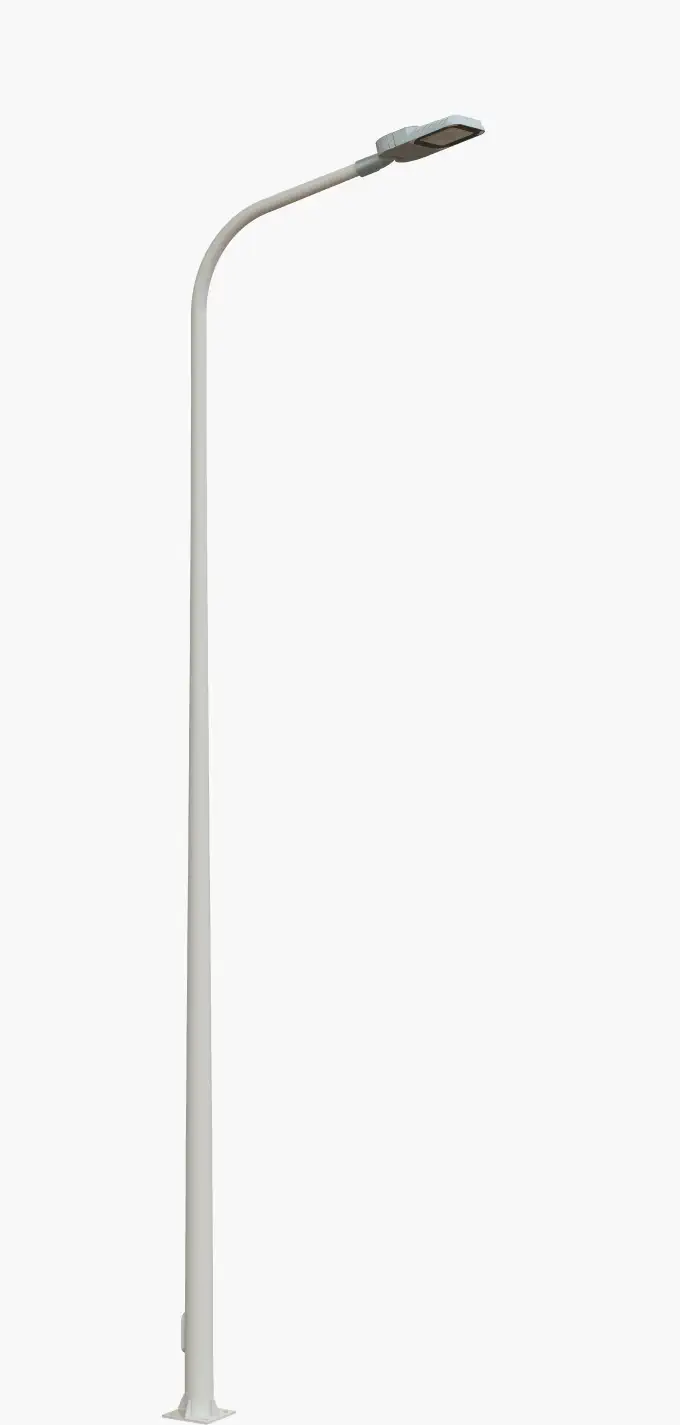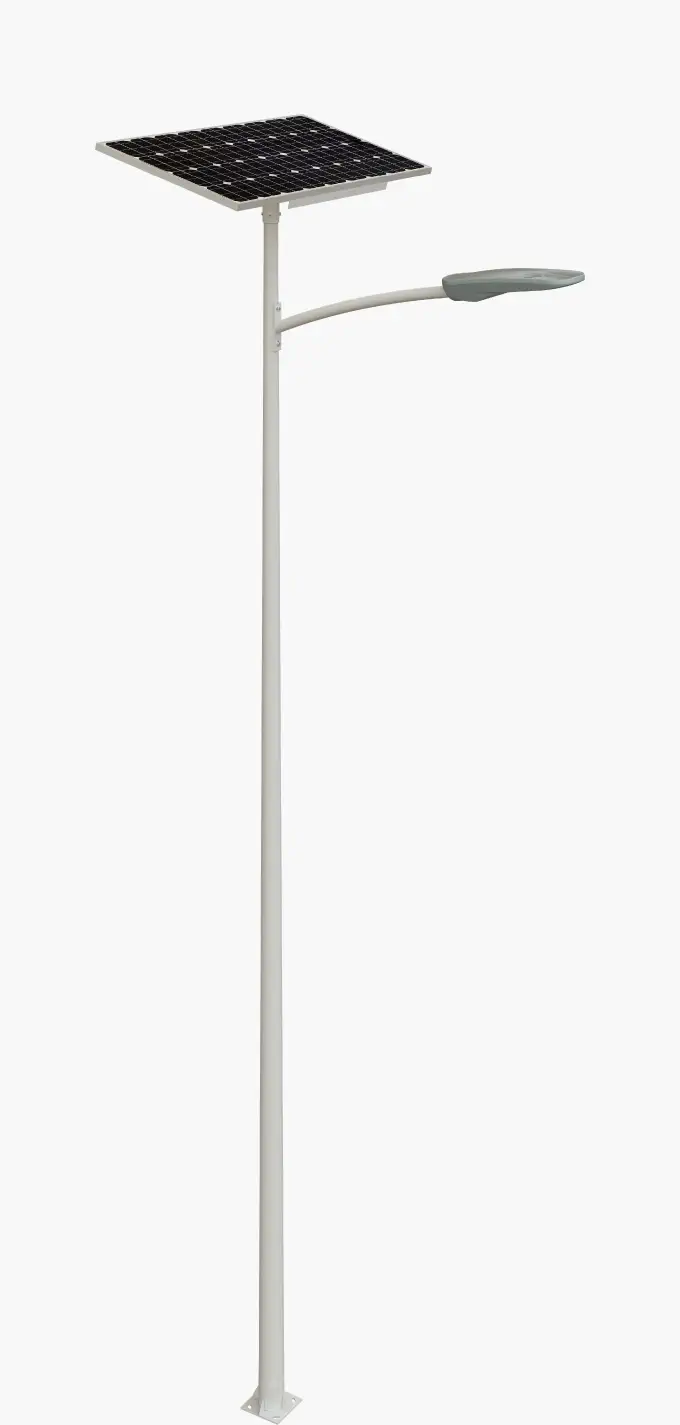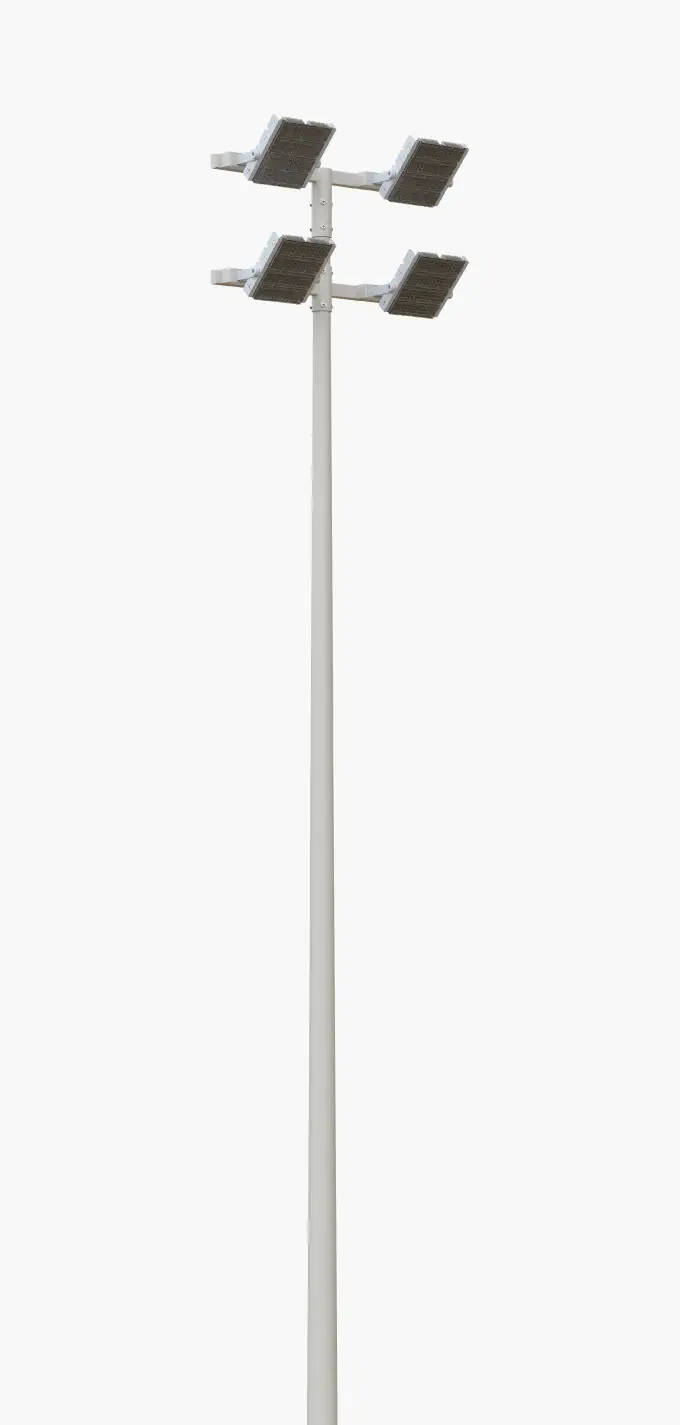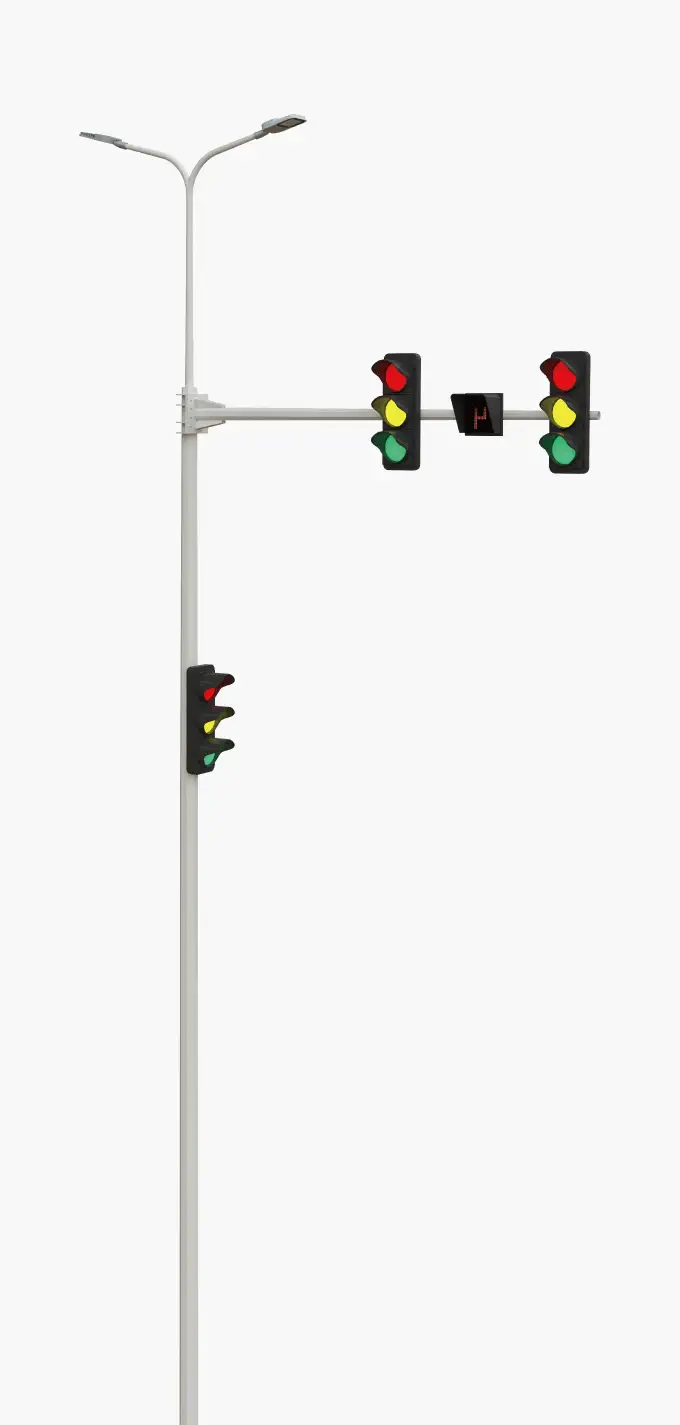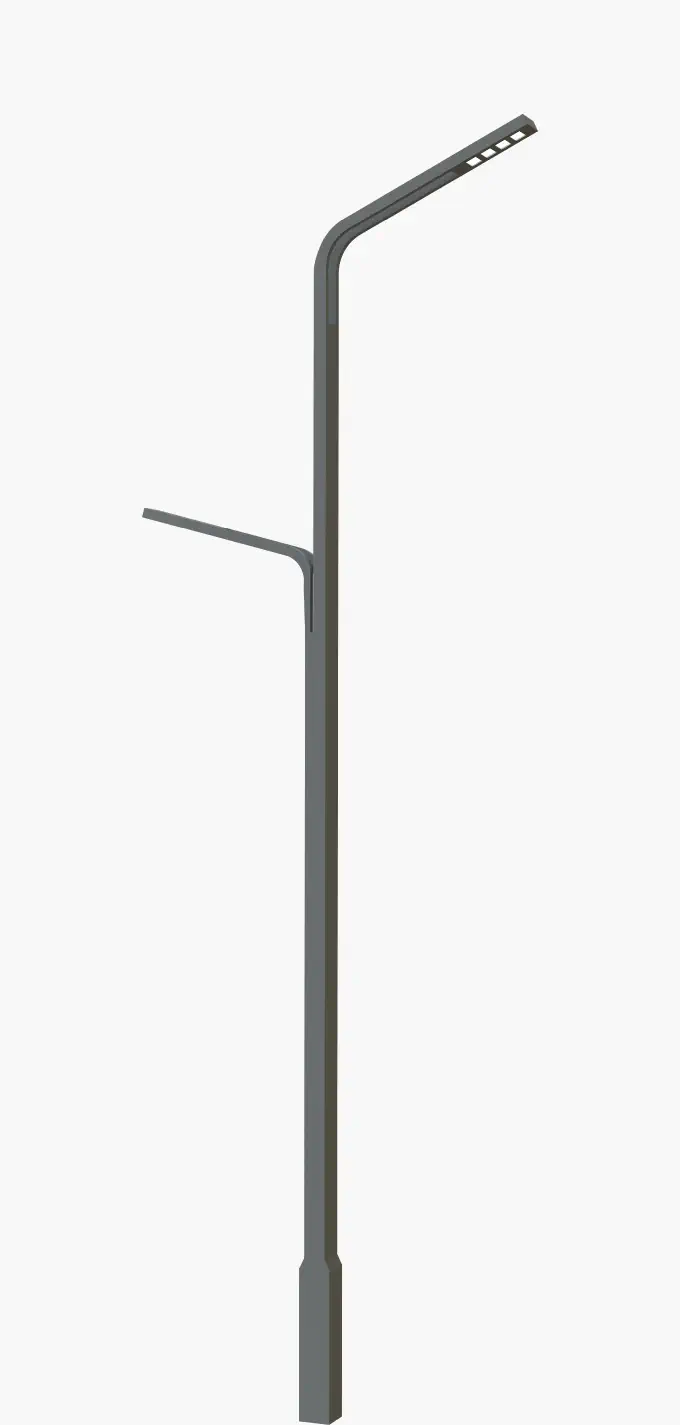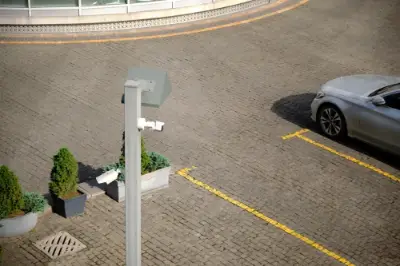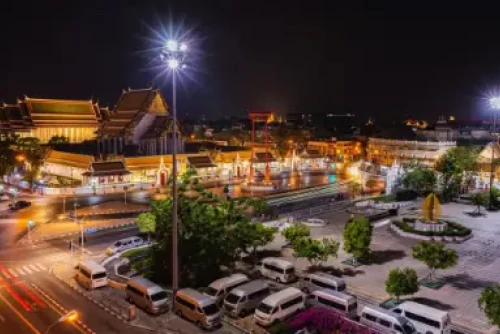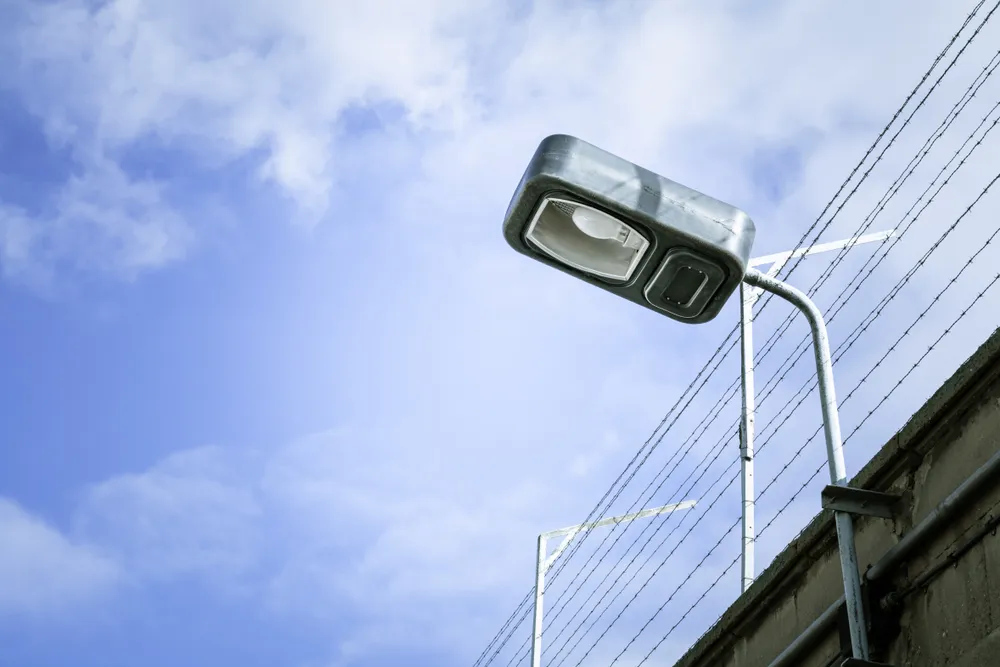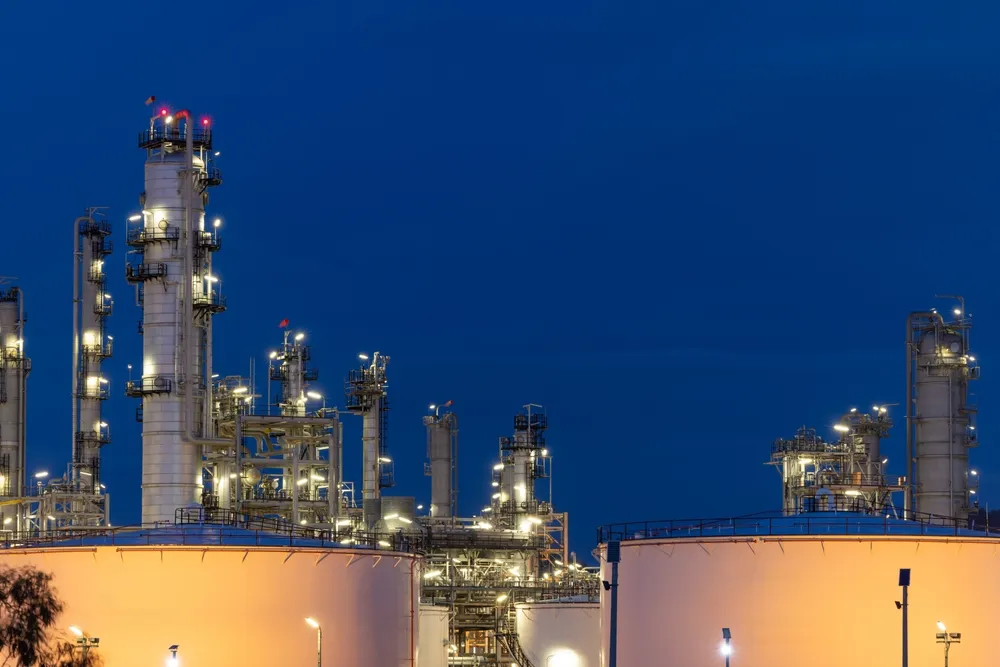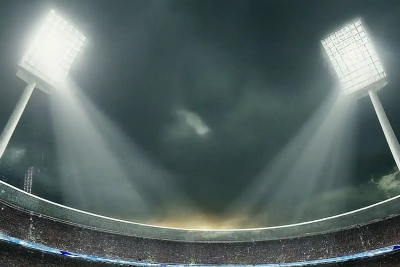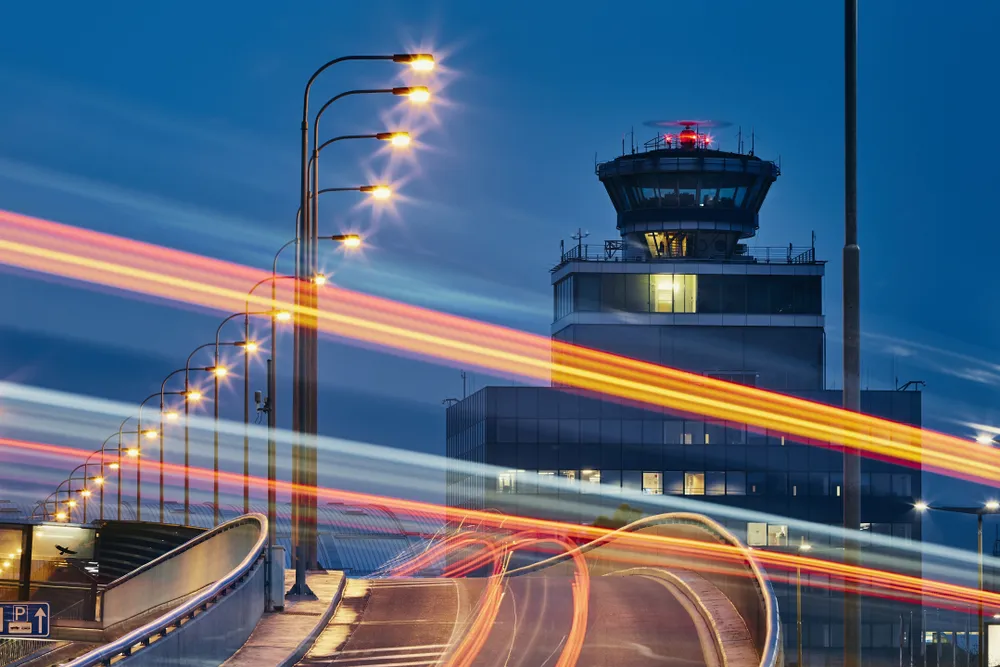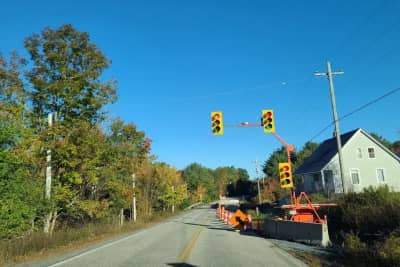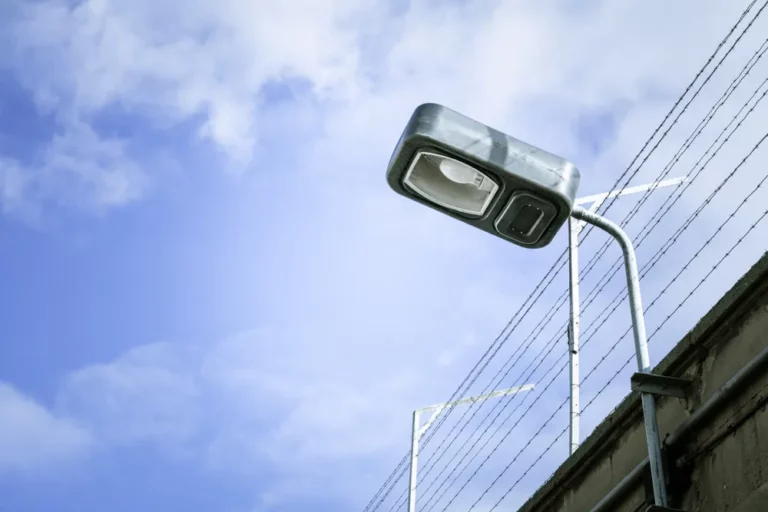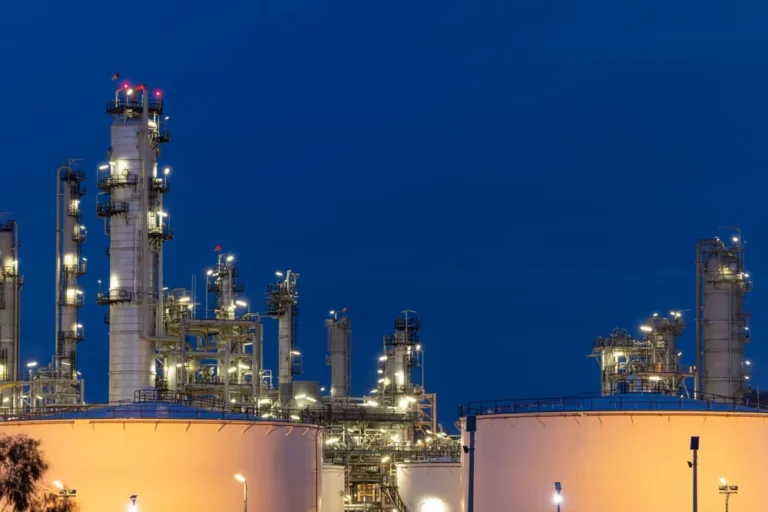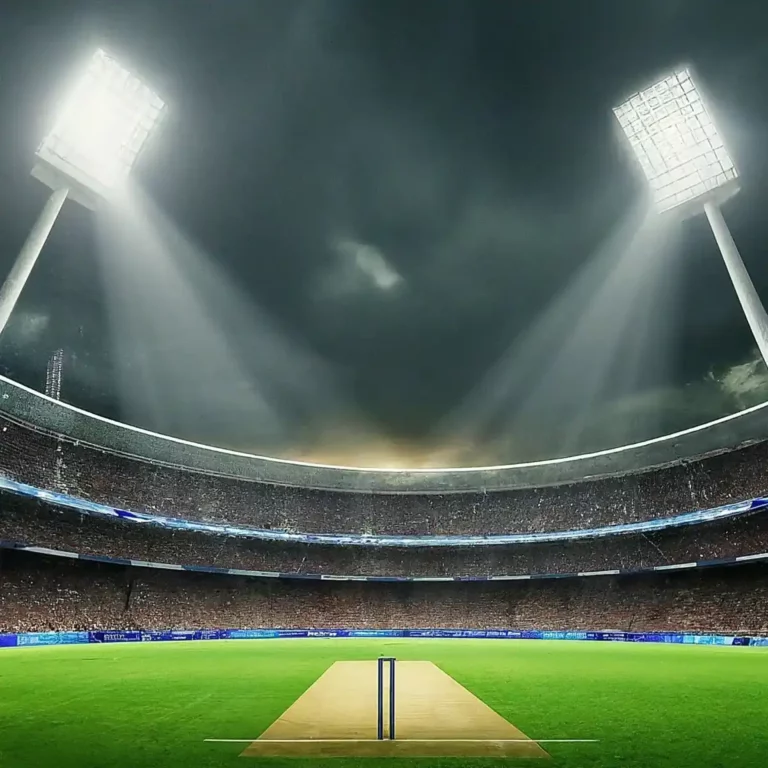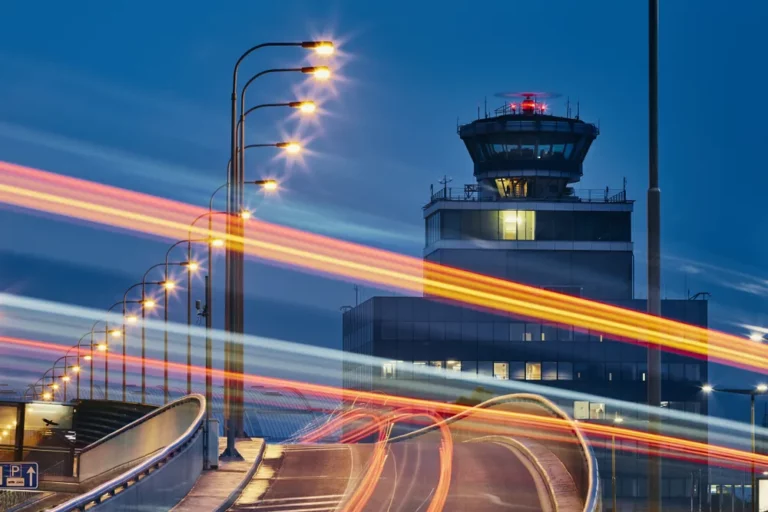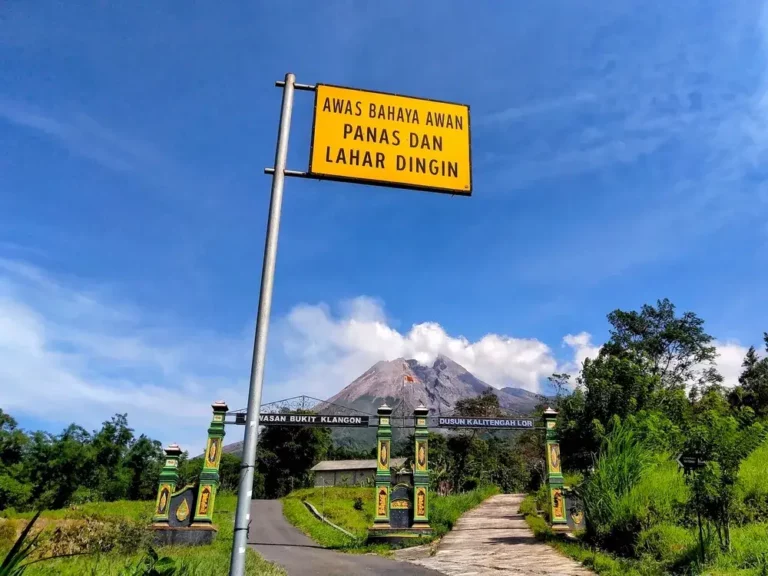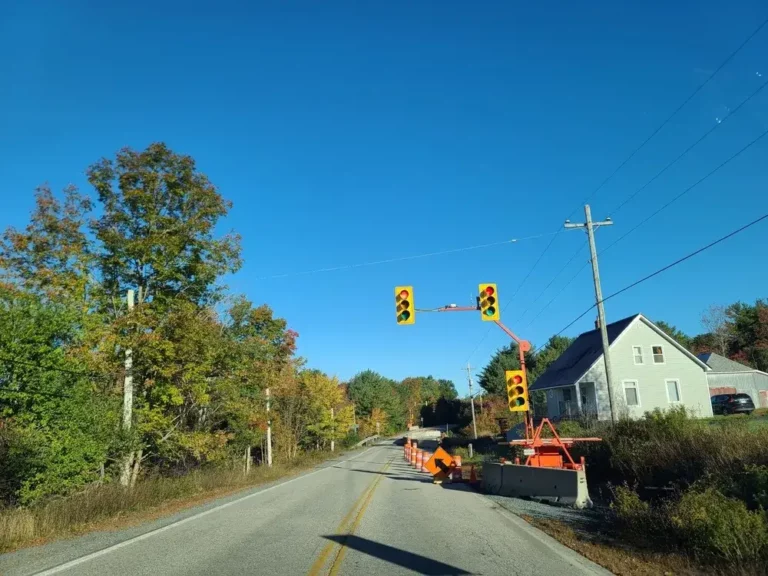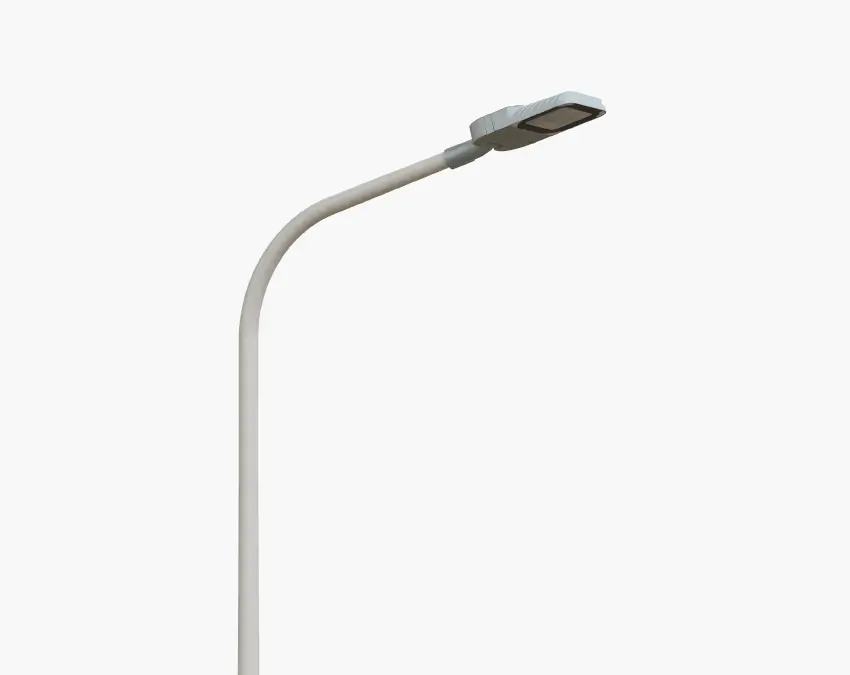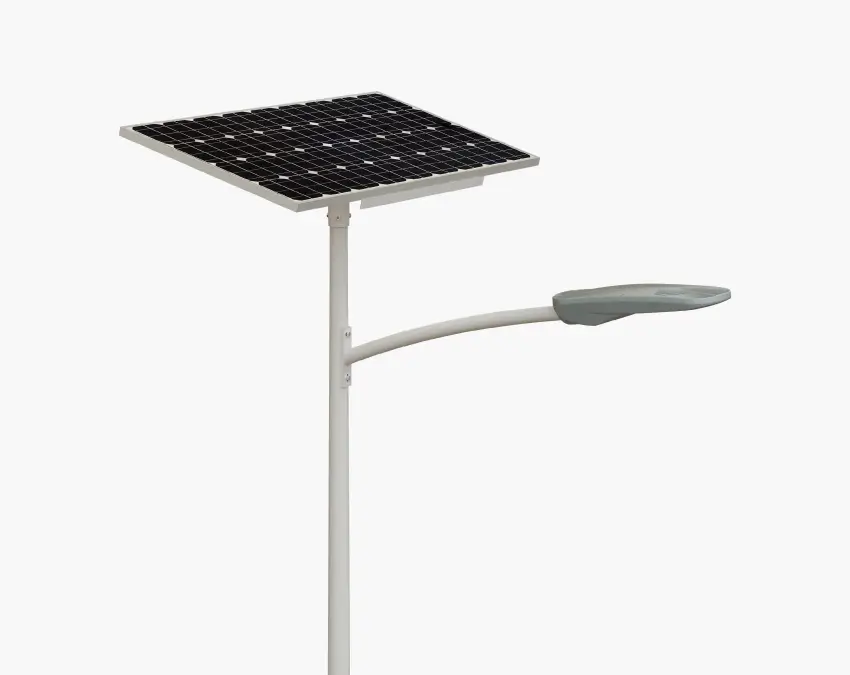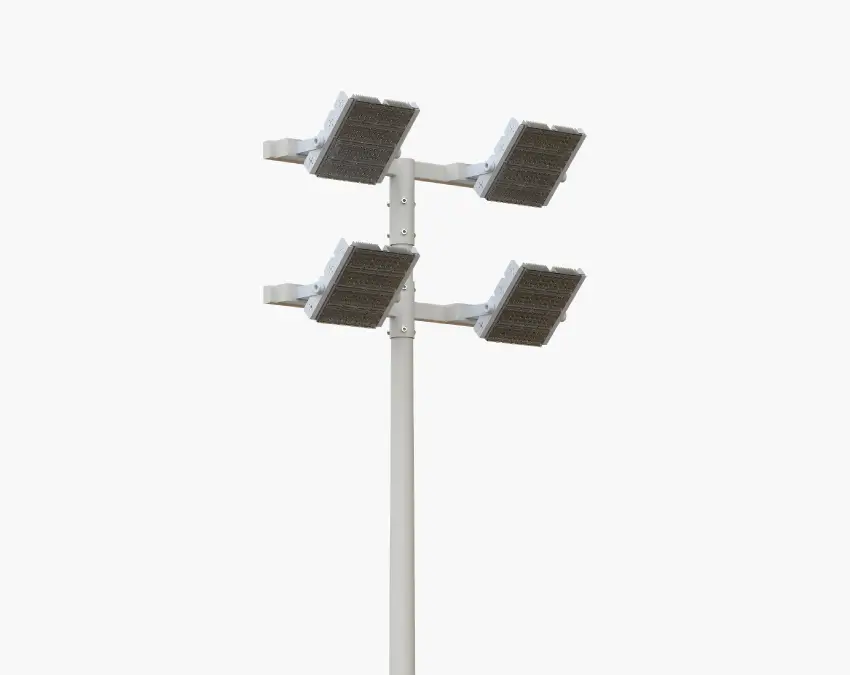The stillness of night has always sparked an intriguing interest towards humanity. The unparalleled beauty with which darkness wraps the Earth features innumerable stars which make the occasion ideal for resting or hyper vigilant alertness. For ages, humanity has sought to control encroaching ‘darkness’ through flickering lights, and later on electric lighting. The invention snatched up turn fires, bringing life-killing plasma powered light to cities and reshaping human existence. Today, it is clear we shift towards the sun itself reserving its fuel for the nighttime in the form of solar powered street lights, bringing us controlled light during the night. Falcon solar lights are more than an advancement in technology; they offer further independence from complex power grids with a reliable source of self-powered illumination in the form of solar energy. The possibilities for use in 2025 are countless! But the options also tend to add omit the information solar panels and light poles, serving to help identify the ideal street light of ones particular needs. This guide intends to explain to you all.
Why Choose Solar Street Lighting?
Traditionally, outdoor lighting is done by attaching a light to an electric grid through the digging of cables – referred to as “technological veins.” This method involves disruptive trenching which digs into the ground, continual expenditure on electricity, and adds strain to the grid, as well as causing harm to the environment. The deployment of lights in this manner requires the existence of power.
Self-sufficient solar street lighting possesses a clear advantage since it functions autonomously. Every unit serves as a compact power station that captures sunlight through solar panels during the day, stores energy in batteries, and powers LEDs after dark. The freedom this system provides is particularly advantageous.
Energy expenditures are greatly reduced, which is good for the economy since sunlight is free after installation. This greatly lowers electricity expenditures, as lighting does not require any electric bills, providing huge savings in the long run.
Solar is reliant on renewable energy and emits no emissions during operations making it good for the environment. There is also cleaner air and less carbon footprint which helps meet numerous sustainability goals.
Remote solar lights are perfect for rural areas, and parks, or properties that are located far from power lines since there is no complex wiring. The absence of trenching and complicated wiring makes installation fast and far less intrusive to the environment.
Contemporary units claim improved performance. Due to the greater advancement in solar efficiency, LED output, and especially in battery technology (Lithium) brightness and duration surpass that of traditional lights. Many units function reliably for several days without sunlight. They also operate during grid blackouts, which increases safety. Soelhoef claims that for efficiency, solar lighting becomes more attractive as environmental benefits, versatility and dependability increase.
Top Solar Street Light Picks 2025
Identifying the “best” solar street light is not a quest for a single universal champion, but rather a process of matching diverse capabilities to specific requirements. The market in 2025 presents a robust array of options, each suited to different scales of application, environmental conditions, and performance expectations. Here, we explore a selection of notable products and series, representing key types and strengths.
Fonroche Smartlight Series
(Split System – Representative of High-End Municipal)
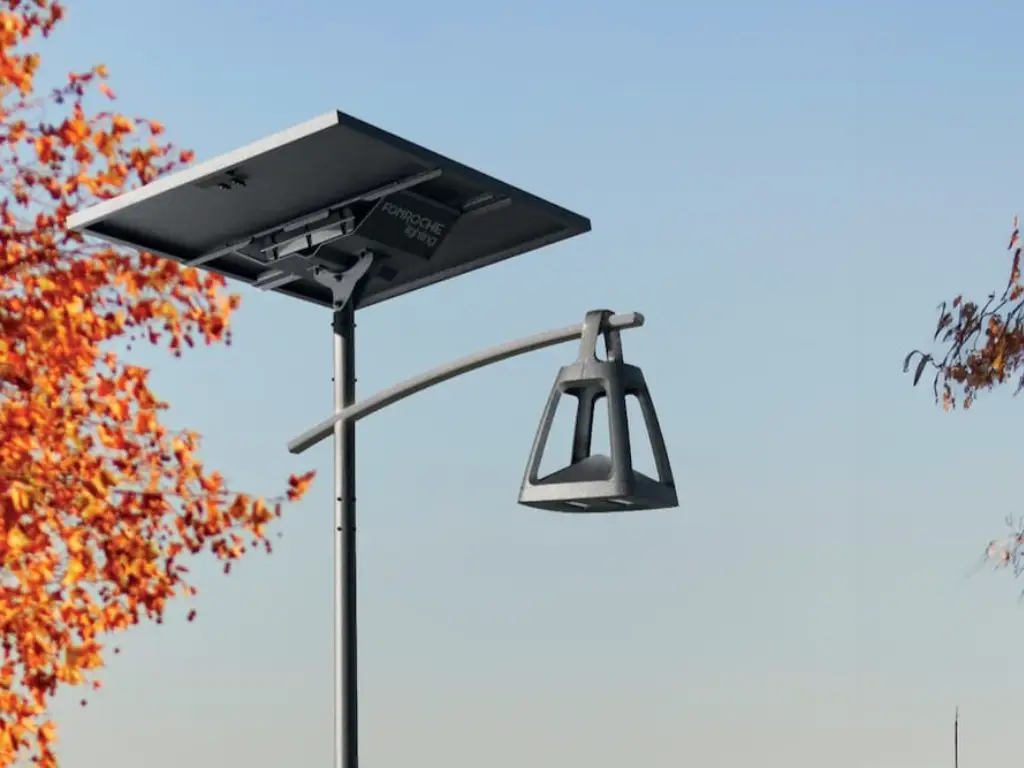
Fonroche is a market leader in large scale, high performance solar lighting solutions, mainly for municipal and heavy duty infrastructure projects. Their Smartlight series usually has a split system configuration, which allows for large, optimally placed solar arrays and strong, high-capacity battery banks (often buried or in secure cabinets) that are not part of the light fixture itself. This design favors maximum energy harvesting and storage to ensure performance in adverse or low sunlight conditions. These systems are renowned for their very robust construction, sophisticated energy management electronics, and frequently include remote monitoring capabilities, and are designed for critical applications that demand guaranteed illumination reliability for many years during the night. They are a great investment but provide unmatched performance and durability for public roads, highways, large industrial sites, and critical safety areas. The emphasis is on engineered reliability and performance rather than on simplified installation or aesthetics. The separation of parts provides more flexibility in sizing and placement to satisfy strict project requirements.
Hyperion Series by Leadsun
(All-in-One System – Representative of Integrated Performance)
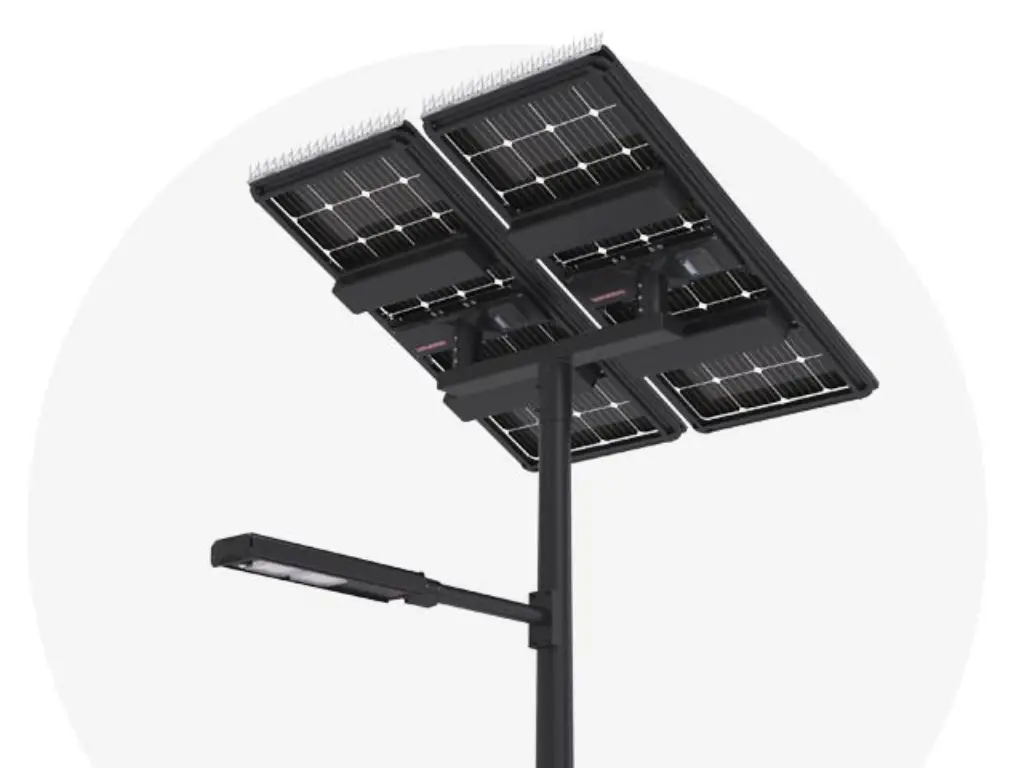
Leadsun’s Hyperion series has become popular for its sophisticated all-in-one design, which combines the solar panel, battery, controller, and LED fixture into a single, attractive unit. This type of system type makes installation much more streamlined, which makes it quicker and less disruptive. Hyperion lights are known for balancing performance and convenience, with high-efficiency panels and intelligent PIR motion sensing and programmable dimming profiles to maximize energy use according to activity. Their sleek profile makes them a preferred option for projects where aesthetics are as important as reliable lighting performance, such as modern commercial parking lots, corporate campuses, and public parks. They provide an attractive package for mid-to-large scale applications that require a combination of efficient performance, sleek appearance, and ease of deployment inherent in the integrated design. Leadsun has gained a reputation for manufacturing reliable integrated units for a variety of mid-to-large scale applications.
Philips SunStay Series
(All-in-One System – Representative of Trusted Consumer/Prosumer Brand)
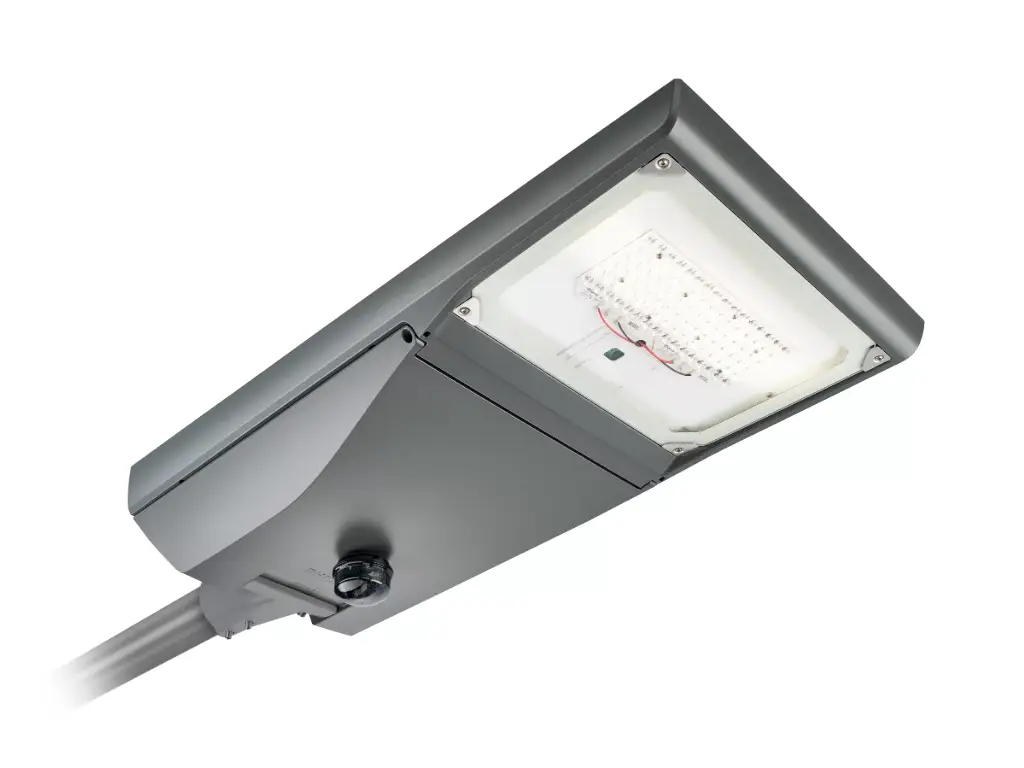
Philips has nearly single-handedly pioneered the solar lighting market for prosumers and small business vendors with their Lights Stay series solar lamps which are part of the broader Stary Light family. Unlike their more sophisticated counterparts, these units are typically all-in-one designs emphasizing ease of installation and dependable performance bolstered by the Philips brand trust. Their design allows basic manipulation; these devices have housing appropriate for common outdoor climates and make use of standard energy efficiency components. The appeal lies in brand recognition, perceived reliability grounded on long history in lighting, and distribution through numerous stockists. Such products are unobtrusive while effectively completing the task of illuminating residential driveways, garden areas, the exteriors of small enterprises, and community spaces.
Solar Street Light by InluxSolar
(Primarily Split & Customizable Integrated – Representative of Manufacturer Quality & Customization)
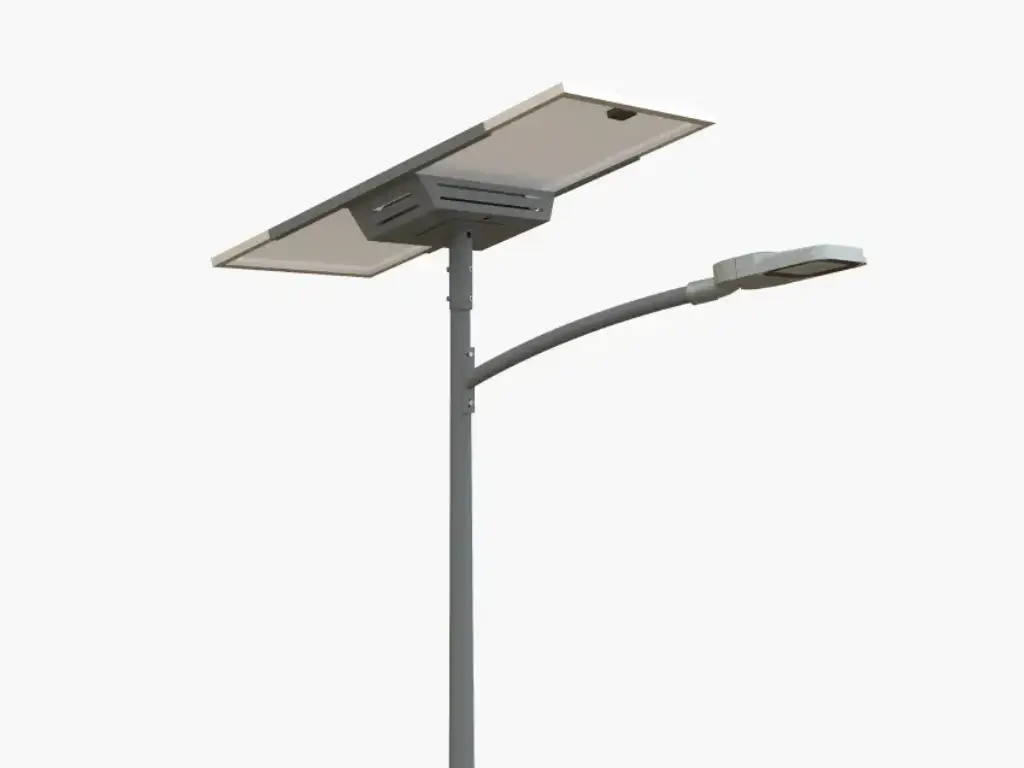
As a niche street lights manufacturer, Inluxsolar delivers a variety of solar street lights, with special emphasis on split system configurations and high degree of customizability of integrated options, which is a reflection of their project-specific approach and quality of components. Their products are designed with a conscious focus on the main components and manufacturing accuracy for municipal, UN, NGO, and large commercial projects that require reliability and customized performance. Their commitment begins with materials: exclusively A-grade solar cells, brand new LiFePO4 batteries rated for 4,000 cycles (equating to 10+ years lifespan), ultra-bright LEDs with +40% brightness compared to conventional options, and strong anti-rust aluminum fixtures (IP66-IP67, IK09-IK09/10 depending on model). Poles are commonly hot-dip galvanized for outstanding wind resistance (up to 30 m/s).
What makes Inluxsolar stand out is their depth as a manufacturer. Their smart solar controllers have several layers of protection to maximize charging and discharging to prolong component life. Their products show the effect of rigorous quality control and vast manufacturing experience acquired from more than 1000 global projects with a reported failure rate of less than 0.5%. Although providing standard high quality models, their main strength is in their ability to engineer complete street light design solutions. For complex requirements, they offer very accurate photometric simulations (95% accuracy), detailed structural calculations for poles, and exact solar system calculations to ensure year-round autonomy for any location’s solar profile. Their offering is a fully customized solution for all components: wattage, color temperature, pole type, battery capacity, and control systems, supported by 60+ patents and 300+ certifications. They are the perfect partner for projects where generic solutions are not enough and where long term reliability, specific performance metrics, and the benefits of working directly with a technically competent, quality oriented manufacturer who supplies industry leading 3-5 year system warranties and lifecycle services are critical.
SEPCO Solar Electric Power Company
(Split System – Representative of Heavy-Duty & Off-Grid Solutions)
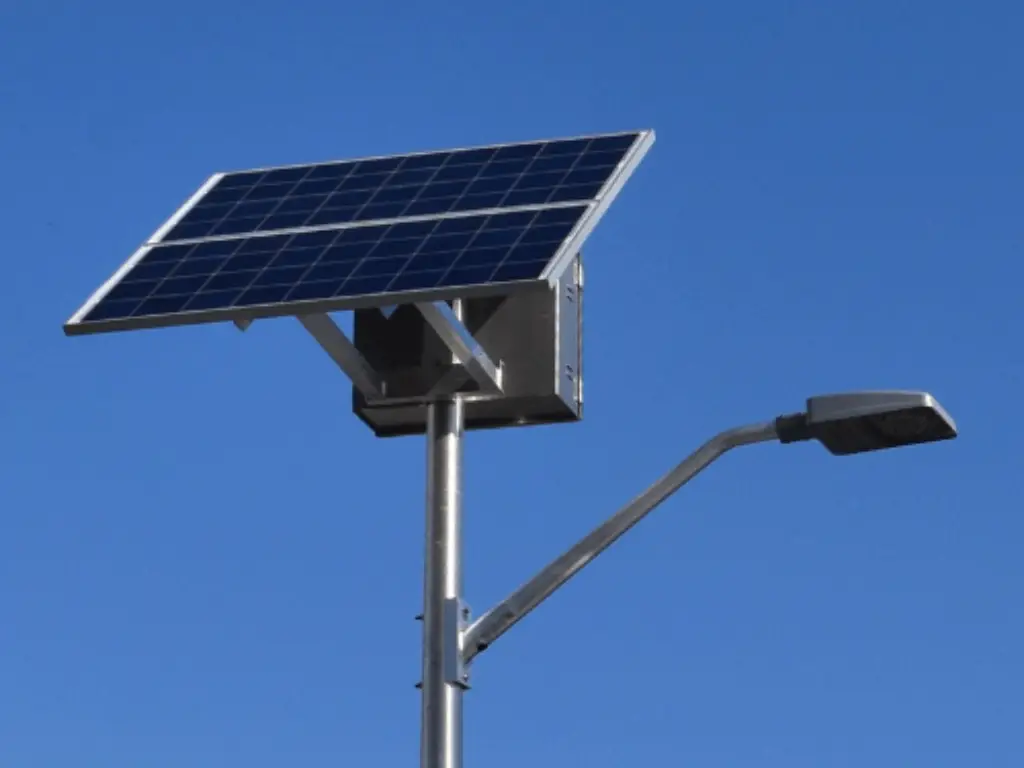
SEPCO is a specialist in heavy duty industrial grade solar power and lighting systems, with almost all split system configurations. Their emphasis is on maximum power output, energy storage and ruggedness for tough off-grid applications like remote industrial facilities, mining operations, critical infrastructure in extreme climates and large scale public works where reliability under extreme conditions is non-negotiable. These systems are constructed with oversized components, with large, usually ground mounted or separate panel arrays and battery banks that are designed to give significant autonomy and high lumen output continuously. Although their aesthetics are secondary, their engineering values resilience, reliability, and performance in the most extreme environments. They are a preferred option for projects that need strong, high-capacity solar solutions that can withstand extreme weather and give essential illumination for long periods.
Litelume Commercial Solar LED Street Light
(Primarily All-in-One & Some Split Options – Representative of Commercial-Grade Performance)
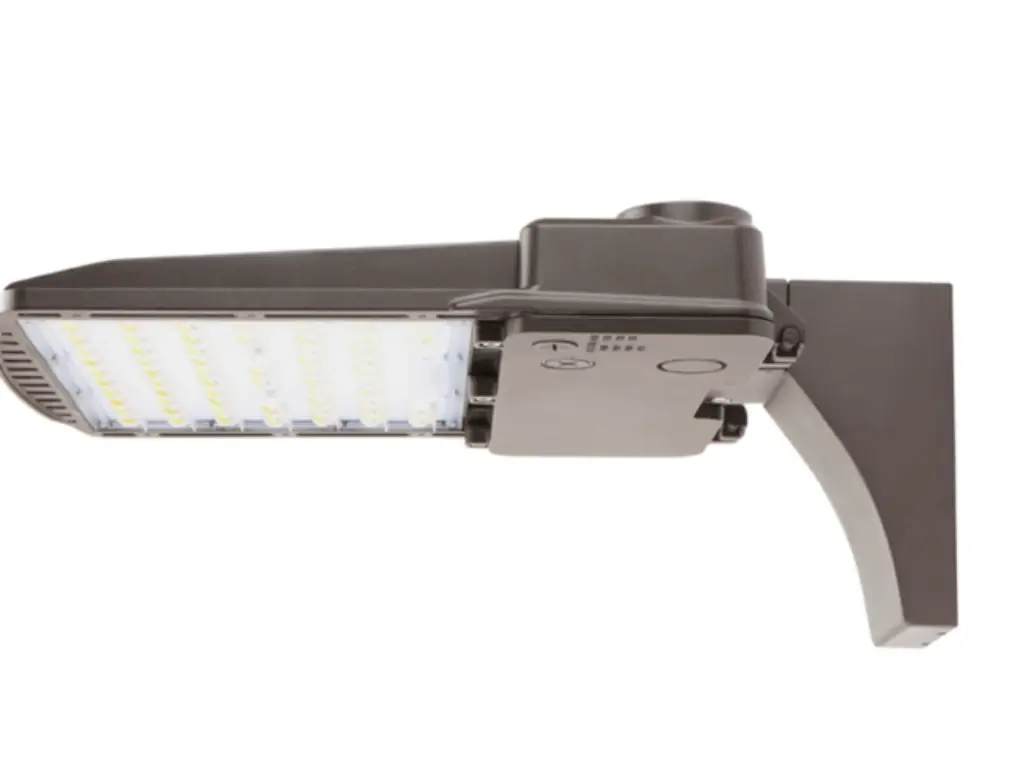
Litelume provides solar street lights for commercial use such as parking lots, campuses, and public places. They offer both all-in-one and some split system options, concentrating on high lumen output and robust construction for professional installations. Their products are designed to satisfy the performance needs of commercial environments, and they often have specific light distribution patterns (optics) to provide effective and uniform illumination over larger areas, thus increasing safety and visibility. They provide dependable solar lighting solutions that fill the gap between consumer grade units and highly specialized industrial systems, which are attractive to businesses and institutions that need dependable high performance lighting solutions for their properties.
This overview shows that the market has specialized solutions. All-in-one systems are designed for ease of installation and aesthetics, applicable to numerous standard applications. Split systems provide maximum flexibility for panel placement and battery sizing, which is critical for difficult locations or high demand projects. Knowing these types and the exact strengths of manufacturers in these categories is the first step in customizing your selection process.
How to Select Your Best Light
The journey to the ideal solar street light is not so much a straightforward decision as it is a process of informed alignment – pairing the capacity of existing technology with the unique profile of your need and location. It requires a clear idea of what you want to achieve and the environmental realities of the proposed site. The choice is similar to finding the right key for a complicated lock; the correct one works smoothly, whereas others offer only frustration. This process entails comparing your requirements with the various types and specifications that are available.
Essentially, the first decision is usually based on the Type of System: All-in-One vs. Split. As described in the preceding section, each has unique benefits directly related to site conditions and project size.
- All-in-One Systems are best suited where simplicity and aesthetics are of the essence, and the proposed installation location is blessed with plentiful, unimpeded sunlight. They are easier to install and have less external parts.
- Split Systems are needed if the desired lighting location is shaded and the panel has to be mounted separately in a sunny spot. They also provide more flexibility for larger battery banks required for high autonomy requirements or very high power output fixtures. They are usually preferred for more robust, industrial or critical applications.
Apart from the system type, a careful consideration of your particular Needs and Site Conditions is essential. Think about the number of lumens needed, the size of the area to be covered, the hours of operation each night, and the number of consecutive cloudy days the system must survive (autonomy). Plan for possible shading sources in the course of the year. Evaluate the local climate, such as temperature extremes, wind loads, and exposure to salt spray or heavy precipitation.
This is where matching your specific needs with the capabilities of various manufacturers and product lines is important. The “best” choice is one that has performance specifications (discussed in the next section) that are robust enough for your environment and whose system type is suitable for your site. In addition, the degree of support provided by the provider should correspond to the complexity of your project.
For normal residential or simple commercial use in sunny areas, an easily obtainable All-in-One unit from a reputable brand may be adequate. However, for more demanding applications – large areas, difficult solar locations, high wind zones, or critical infrastructure – cooperation with a manufacturer who can deliver custom Split Systems or highly customized Integrated solutions is a great advantage.
This is exactly where the expertise and products of a dedicated street lights manufacturer such as Inluxsolar come in handy especially for municipal, commercial or NGO projects. Their emphasis on offering full street light design solutions means that they do not expect you to be the expert. Rather, they work together, using your project parameters to engineer the best system. Their ability to perform accurate photometric simulations (95% accuracy) guarantees that the light distribution conforms to certain standards for roads, pathways, or parking lots. Their structural calculations ensure that poles can resist local wind loads (e.g. 30 m/s resistance with hot-dip galvanized steel). Their detailed solar system calculations predict performance and autonomy throughout the year according to location-specific solar data eliminating guesswork.
Their ability to provide fully customized solutions in terms of wattage, battery size, panel specifications, and physical design makes for a truly optimized system that cannot be compared to standard off-the-shelf products. This degree of customization, supported by their manufacturing quality (A-grade cells, 4000 cycle LiFePO4 batteries, <0.5% failure rate) and industry-leading 3-5 year system warranty, is directly translated into a solution that is not only likely to perform better but also has greater long term reliability and a lower total cost of ownership for demanding applications. Their offering of lifecycle services and worldwide on-site service further emphasizes their dedication to supporting the product during its operational life.
To make the initial thought process easier, the following table can be used to map common needs to appropriate system types and possibly relevant brands/series discussed:
| Your Need / Scenario | Recommended System Type | Key Considerations | Potentially Suitable Brands/Series |
| Residential Driveway/Garden: Simple illumination, easy DIY installation, aesthetics. | All-in-One | Sufficient brightness (500-1500 lm), dusk-to-dawn or motion sensor, pleasant design. | Philips SunStay, Hyperion by Leadsun (smaller models), various consumer brands. |
| Public Pathway/Park: Reliable safety lighting, moderate brightness, aesthetic integration. | All-in-One or Split System | Appropriate lumen output (2000-5000 lm), uniform light distribution, durable build (IP65+), reliable autonomy. | Hyperion by Leadsun, Litelume, Inluxsolar (smaller custom/standard options). |
| Commercial Parking Lot: High brightness over large area, security, durability. | Primarily Split System or High-Output Integrated | High lumen output (5000+ lm), specific optics for wide coverage/uniformity, robust construction (IP66+, IK08+), strong pole (wind resistance). | SEPCO, Fonroche, Litelume, Inluxsolar |
| Municipal Road/Highway: High brightness, guaranteed performance, long lifespan, large scale. | Primarily Split System | Very high lumen output, precise photometric design, extreme durability (IP67, IK10), high wind load poles, long autonomy, remote monitoring. | Fonroche Smartlight, SEPCO, Inluxsolar |
| Remote/Off-Grid Site (Industrial/Telecom): Maximum reliability, large autonomy, extreme conditions. | Split System | Oversized panel/battery, extreme temperature tolerance, highest IP/IK ratings, very robust construction, minimal maintenance needs. | SEPCO, Inluxsolar |
| Projects with Shading: Desired light location is shaded part of the day. | Split System | Flexible panel placement is essential, adequate cable length, secure panel mounting away from fixture. | SEPCO, Inluxsolar, any Split System brand. |
| Projects Needing Specific Performance (e.g., exact lux levels, very high wind) | Primarily Split System, Custom | Requires detailed calculations (photometric, structural, solar), possibility of component customization. | Inluxsolar , Fonroche, SEPCO. |
| Projects Prioritizing Longest Lifespan & Lowest Failure Rate | Any Type, Focus on Quality Specs | High-quality components (A-grade cells, LiFePO4 4000+ cycles, quality LEDs), strict QC, low reported failure rates, strong warranty. | Inluxsolar , Fonroche, SEPCO. |
By combining an understanding of these factors and leveraging resources like manufacturer design support and technical specifications, you can navigate the options and select the solar street light that best fulfills the unique requirements of your specific project.
Essential Solar Light Specifications
Analyzing the numbers more thoroughly is vital when choosing a solar powered street light with exceptional performance. This data is what distinguishes effective metrics from ineffective ones and will help you understand whether a light will be useful or not. Focusing on details guarantees that solutions that deliver value are chosen.
Performance metrics ahead are defined by Lumens (lm), which quantifies light intensity. This measures the total visible light emitted. Photometric data detailing light distribution is crucial for understanding how that light reaches the ground; key metrics here include Illuminance (lux) on the ground and Uniformity. The Correlated Color Temperature (CCT) (kelvin, K) determines the light color (warm to cool). A metric score of 0-100 (referred to as CRI) shows how accurate the colors will be, hence a higher score denotes better preference. Inluxsolar’s goal to improve this is projected with the adoption of ultra-bright LED beads with +40% brightness compared to standard.
The Battery acts as an energy storage. Important characteristics include this energy reservoir’s Capacity (Ah or Wh) and, more importantly, Type and Cycle Life. For these rechargeable batteries, particularly LiFePO4 batteries, their key value lies in life, stability, and safety, denoting longevity. A cycle life rating of 4,000 cycles (Inluxsolar’s new bag LiFePO4) means over a decade’s life, indicating high durability. With power optimization, smart solar controllers enhance operational capabilities while safeguarding the battery.
The Solar Panel is propelled by its Wattage (Wp) and Efficiency (%). Monocrystalline usually outperforms, contributing to high efficiency. Panels sized and powered appropriately to the batteries and light ensures complete autonomy and reliable charging. Inluxsolar utilizes A-grade solar cells to ensure the panel possesses features reflecting this quality.
Durability ratings, covering weather resistance, are of utmost importance. The IP (Ingress Protection) rating (e.g., IP66-IP67 for Inluxsolar’s anti-rust aluminum fixtures) quantifies protection against dust and water—a crucial waterproof rating. This offers a vital level of armor against the elements, ensuring they are waterproof. IK (Impact Protection) also matters (e.g., IK09-IK09/10 for Inluxsolar’s aluminum fixtures). Materials like anti-rust aluminum and hot dip galvanized steel for poles (30 m/s wind resistance by Inluxsolar) provide required structural strength. Physical properties such as fixture dimensions (often noted in inches or millimeters) and overall lightweight design can also impact installation ease and suitability.
Carefully analyzing these specifications reveals a commitment to quality. Checking a manufacturer’s claims against verified standards gives confidence. Specifications like those derived from using high-grade materials (A-grade cells, new 4,000 cycle LiFePO4), demonstrating proven low failure rates (<0.5%), and backing products with numerous certifications (300+) and patents (60+) are key indicators. Inluxsolar’s strict quality control and significant R&D investment further support these claims, reassuring buyers that the stated specifications translate to a robust, reliable device enduring rugged use. Beyond core performance and durability, consider functional specifications like available lighting modes (e.g., motion sensing, scheduled dimming) and convenient control options such as remote control. Selecting a light based on these detailed specifications is key to a dependable and long-lasting solar lighting solution.
Easy Solar Light Installation
The narrative of solar street lights is quite captivating given how liberating it is from the cumbersome, expensive, and intrusive task of cabling power supply. Frankly speaking, it is much easier and quicker, since there is no trenching or elaborate wire pulling back to a power source. This applies with even greater intensity to all-in-one systems, whose main job merely involves mounting a unit to a wall or pole. However, the term simplicity is relative and careful execution still remains critical for performance and safety.
The very first step is selecting a location with maximum exposure to the sun. The pillar or mounting bracket that is chosen must receive unobstructed sunlight throughout the day. Avoiding shadows from trees, buildings, or other future obstructions is equally important.
Identifying the ideal position comes first followed by pole or bracket installation. The new pole, if required, must be secured using anchor bolts that affix into concrete footings reasonable to the surrounding area. The wall bracket mustn be sturdy.
Let’s now proceed to Mounting the Light Unit. For all-in-one units, the fixture is lifted and mounted onto the prepared pole or bracket. The fixture should be set to the area which needs illumination and panel tilt should be adjusted if it can be done. In split systems, it is first necessary to mount the fixture, then the separate solar panel (placed in optimal location), then the battery box is secured.
Connecting Components must be done in split systems. The panel with the solar battery and fixture has to be fitted with correct watertight connectors. Ensure cables are arranged tidily.
The last of the steps is Activation and Initial Check. During the day, most lights can easily be activated. For the first initial charge, allow for a full sunny day. After dusk, ensure the light is operational and verify that it turns on automatically and is responsive to the sensor. Selective sites offer simpler options compared to wired systems—reliability over time is assured with secure site selection, mounting, and proper connections.
Maximizing Solar Light Lifespan
The maintenance of solar street lights does not depend on human input. It is fully automated, which frees the user from concern and possible intervention, promising long-term operation without daily attendance. To achieve complete self-operation, however, some care needs to be taken and knowledge applied. While robust, these systems still benefit from basic attention over time.
The system’s lifespan is directly proportional to its battery’s health; a poor battery means a shorter lifespan. Year of service, extreme temperature, and deeply discharging insufficiently charged batteries can all shorten the life of high-quality LiFePO4 batteries. Providing the correct housing combined with more than enough consistent power always guarantees longevity.
While monitoring the charge level is important, maintaining cleanliness adds another angle to the solar panel’s overall efficiency. Dirt, leaves, and snow can cover the panel, blocking sunlight. People can preserve battery health and guarantee autonomy by ensuring, through regular cleaning, the battery receives the maximum charge possible. Thus, the solar panel can be regarded as the most important maintenance task.
In addition to requiring no input, the system also benefits from periodic physical inspections check. Inspect for loose hardware, damage, or corrosion on the pole and fixture, especially after severe weather. Look at cable connections and mounting points scrutinously. Fixing or addressing small concerns is what prevents large ones.
Even if the LED parts have a long life span, other issues may develop. Reduced light output levels could signify a fault with the battery or controller. To conclude, comprehending the warranty along with lifecycle services ensures protection in the long term.
With the implementation of good practices such as cleaning solar panels regularly, periodic inspections, and utilizing manufacturer services, your solar street lights can provide consistent illumination for years to come.
